|
It may still be summer, but the tease of fall is in the air. A smattering of leaves are beginning to float down from the deciduous trees, the sun is setting earlier in the evening and rising later in the morning. I’m hearing less hummingbird chatter, which means they have begun their migration south. This past week, daytime temperatures have been mild, with deliciously cool nights. All of this is a reminder that autumn is rapidly approaching. Just as the seasons shift, so too do our cravings at the table and in the glass. While red, white, and rosé wines can be enjoyed year-round, many wine lovers have seasonal favorites. As autumn and cool temps advance, red wines often take center stage, edging out the lighter wines that we enjoy in summer’s heat. Here are three red wines to welcome autumn. Domaine Bousquet Reserve Organic Malbec 2023 Domaine Bousquet has made frequent appearances on my website, and I’ve enjoyed reviewing their wines on numerous occasions. This family-owned estate is located in the Gualtallary Valley, high up in the Tupungato district of the Uco Valley in Argentina’s Mendoza region. It is Argentina’s largest producer and exporter of organically grown wines. To learn more about their vineyards and wines, click “Domaine Bousquet” in the Categories section on the right. This wine is a blend of 85% Malbec, 5% Merlot, 5% Syrah, and 5% Cabernet Sauvignon. These certified organically grown grapes are harvested from the estate’s best plots in the Uco Valley. This wine is aged 50% in 2nd-use 400L French oak barrels for six months, with the remaining in stainless steel and concrete tanks. Nose: Dark berries, plum, and spice, with a hint of floral and oak. Palate: Layered with plum, blackberry, raspberry, dark cherry, chocolate, and pepper, ending on a long, silky finish. Nicely balanced with soft tannins and good acidity. Alcohol: 14.5% SRP: $18 Pairing suggestions: Grilled meat, pasta, stews, seared tuna, and spicy Asian cuisine. Famiglia Cotarella Sodale Merlot Lazio IGT 2020 Famiglia Cotarella is family-owned business spanning three generations of grape growers and winemakers from Umbria, Italy. Today, sisters Dominga, Marta, and Enrica Cotarella control the family estates. Their mission is to further tie the company’s identity to its native terroir and the family name. Their portfolio includes classic Italian blends and single varietal expressions of Merlot and Sangiovese from Lazio, Umbria, and Montalcino. This wine is 100% Merlot. Grapes were hand-harvested from vineyards in the Lazio region. After fermentation, the wine was aged for nine months in neutral French oak barrels. Fined and lightly filtered before bottling, the finished wine was aged for several months in bottle before its release to market. Nose: Violets, red fruit, baking spice, and subtle hints of cherry. Palate: Round and smooth with notes of dark berries, plum, dark cherry, and spice. A touch of vanilla and cherry tobacco lingers on a long finish. Alcohol: 14.5% SRP: $25.99 Pairing suggestions: Roasts, game, poultry, mushroom risotto, and hearty stew.. Lázuli Cabernet Sauvignon 2017 Vina Aquitania is a partnership of four distinguished winemakers and vineyard owners. Bruno Prats and Paul Pontallier (RIP) of the Bordeaux region, Ghislain De Montgolfier of Champagne, and Felipe De Solminihac, a renowned oenologist in Chile. They produce limited quantities of Chilean wine inspired by the Bordeaux tradition. This wine is 100% Cabernet Sauvignon, hand-harvested from 25 to 30-year-old vines planted in Peñalolén, a commune bordering Santiago de Chile at an elevation of 2,300 feet in the Maipo Andes. The wine was aged for 16 months in French oak barrels and is named after Lapis Lazuli, the beautiful blue gemstone found in Chile. Nose: Lots of dark fruit, floral notes, jammy plum, and subtle hints of baking spice, earth, and herbs. Palate: Aromas segue onto the palate with blackberry and cherry tobacco. This is a balanced and complex wine with a playful amount of acidity. Alcohol: 14.5% SRP: $45 Pairing suggestions: Enjoy with roasted meat, venison, seared tuna, spicy cuisine, and dark chocolate desserts. What red wine will you pour as the leaves turn? Until next time…
Cheers! Penina To leave a comment or if you have an inquiry, please contact me at [email protected] Susana Balbo Wines is no stranger to my website. I’ve been writing about Susana and her wines since 2017. Susana is the founder and owner of Susana Balbo Wines. It is located in Luján de Cuyo, Mendoza, in western Argentina, with a stunning backdrop of the Andes Mountains. Susana is not only the most well-known Argentinian female winemaker globally, but she is also the first female enologist in Argentina! With over thirty years of experience in the wine industry, Susana has built an impressive career and produces outstanding wines. (click on ‘Susana Balbo’ under Categories to read more articles and reviews) Susana produces four brands of wine including CRIOS. Susana created the CRIOS brand as a tribute to her son and daughter. CRIOS in Spanish means “offspring”. To quote Susana Balbo Winery, “CRIOS wines express Susana's love and dedication to her children, José and Ana. Today, Susana's CRIOS has grown and matured, just like her children who now work with her at the family winery.” The grapes for this brand are harvested from specific areas in Mendoza and Salta where grapes are optimal for the fruit-forward style of CRIOS. Here are two CRIOS gems to please your palate. CRIOS Sustentia Chardonnay 2022 Susana recently introduced this wine to the CRIOS collection. It is a low-alcohol and lower-calorie Chardonnay. The grapes for this 100% Chardonnay are sourced from Valle de Uco, Mendoza. The grapes are harvested early, thereupon allowing the winemaker to obtain a must with low sugar concentration and a naturally low-alcohol and reduced-calorie wine. This wine is aged for three months in stainless steel tanks. Nose: White stone fruit, tropical notes, lemon, and a touch of floral. Palate: Juicy peach, pineapple, and pear notes with vibrant acidity and a trace of lemon zest on the finish. Alcohol: 9% SRP: $18.99 Pairing suggestions: Enjoy as an aperitif or pair with roasted white meats, seafood, sushi, salads, or mushroom risotto. CRIOS Malbec, 2021 My first taste of CRIOS Malbec was a 2015 vintage. So, I was looking forward to trying the 2021 vintage. And I’m happy to report that my palate was quite pleased! This 100% Malbec is hand-harvested from vineyards in Valle de Uco, Mendoza. Aging is 40% in third and fourth-use French oak barrels for eight months. Nose: Violets, cherry, plum and spice. Palate: Aromas segue onto the palate with pomegranate, pepper, and cocoa. Tannins are nicely balanced with acidity, and the finish is long. Alcohol: 14% SRP: $15 Pairing suggestions: Grilled meat, seared tuna, hearty stews, glazed duck, aged cheese, or dark chocolate mousse. Susana Balbo wines never disappoint my palate. They are consistently good and worth exploring! Until next time…
Cheers! Penina To leave a comment or if you have an inquiry, please contact me at [email protected] New vintages of Gaia reds have arrived! And, yes, I’m giving another shout-out to these consistently tasty wines from Domaine Bousquet’s Gaia collection! Domaine Bousquet is a family-owned winery and Argentina’s largest producer and exporter of organically grown wines. It is located in the Gualtallary Valley, high up in the Tupungato district of the Uco Valley, where altitudes can reach up to 5,249 ft. The winery was founded in 1997 by winemaker Jean Bousquet, originally from Carcassonne in Southwest France, where his family expanded four generations of winemaking. Please select from the menu at right for a more in-depth look at Domaine Bousquet. The label for these wines is a striking portrayal of Gaia, who in Greek mythology is the mother goddess presiding over the earth. It is a fitting name for wines produced from all organic grapes! Gaia Organic Cabernet Franc 2020 This vintage is 100% Cabernet Franc. Grapes are hand-harvested from vineyards at 4000 ft. altitude. The wine is aged in French oak for ten months. Nose: Dark berries, floral, and baking spice. Palate: Juicy notes of blackberry, plum, pomegranate, spice, and minerality. It is fresh and lively! Alcohol: 14.5% SRP: $20 Gaia Organic Cabernet Sauvignon 2019 Grapes for this 100% Cabernet Sauvignon are hand-harvested from vineyards at 4000 ft. altitude. This wine is aged in French oak between eight and ten months. Nose: Intense aromas of dark berries, dark cherry, baking spice, and a touch of minerality set the stage for this expressive wine: Palate: Aromas segue onto the palate with plum, vanilla, and a hint of chocolate. Smooth tannins and a lengthy finish beg for another sip. Alcohol: 15% SRP: $20 Gaia Organic Malbec 2019 This wine is 100% Malbec. Grapes are hand-harvested from vineyards located by the foothills of the Andes at 4000 ft. altitude. The wine is aged in French oak between eight and ten months. Nose: Floral, dark berries, baking spice, and hints of plum. Palate: Aromas segue onto the palate with a touch of dark cherry, earthiness, firm tannins, and a lengthy finish. Alcohol: 14.5% SRP: $20 Gaia Organic Red Blend 2020 This red blend is the first wine that launched the Gaia collection. The blend is 50% Malbec, 45% Syrah and 5% Cabernet Sauvignon. The best grapes are used for this wine and are harvested manually from Domaine Bousquet’s organically farmed vineyards. Wine aging takes place in French oak barrels for ten months. Nose: Aromas of violet, dark berries, and spice are inviting and heady.
Palate: Dark cherry and plum, blackberry, and spice entertain the palate with a hint of vanilla lingering on a long finish. It is juicy, fruity, smooth, and complex. Alcohol: 14.5% SRP: $20 Pairing suggestions for these wines: Grilled meat, BBQ, roasted chicken, hearty stews, cheese, pasta, seared tuna, and chocolate desserts! Gaia wines are a great value and never disappoint the palate! Until next time… Cheers! Penina To leave a comment or if you have an inquiry, please contact me at [email protected] The month of April is ending with her classic “April showers” all weekend long. And we all know what May brings! I’m looking forward to May flowers, warmer weather, spending more time outdoors, and taking the kitchen outside for the grilling season. Just because the warmer months are almost upon us does not mean one has to pack away the red wines along with mittens and boots. On the contrary, red wines are to be enjoyed year-round and are a great accompaniment to many summer dishes. So to kick off the season, I’ve rounded up a selection of six red wines that will pair beautifully with whatever you might have on the grill. The wines range from $13.99 to $25.00 and will not disappoint your palate. Bodegas Valdemar Conde Valdemar Crianza 2018 Bodegas Valdemar Winery is located in Oyon, Alava Spain, and has a history of winemaking dating back to 1889. They have 300 hectares of vineyards throughout Rioja and are considered one of the largest estates in Rioja. Grapes for this wine are a blend of 89% Tempranillo, 7% Mazuelo, and 4% Graciano sourced from estate vineyards in Rioja Alavesa and Rioja Alta. The wine is aged in American oak barrels for 17 months. Nose: Fragrant notes of blueberries, cherry, and baking spice. Palate: Juicy dark berries, cherry, vanilla, and earthy. Tannins and acidity are well-balanced, with dark fruit lingering on a long finish. Alcohol: 14% SRP: $19 Pairing suggestions: Cheese platter, grilled meat, tuna, veggies, pasta, stews, and pizza. Veramonte Pinot Noir 2020 Viñedos Veramonte is an organic estate located at the extreme eastern end of Chile’s Casablanca Valley. The Veramonte vineyards are in both Casablanca Valley and Colchagua Valley. This wine is made with 100% Pinot Noir organic grapes from Casablanca Valley. It is aged for eight months in natural oak. Nose: Red berries, bing cherries, a hint of spice, and earthy. Palate: Strawberry, raspberry, and plum dance on the palate. Fresh with good acidity, silky tannins, and a long, savory finish. Alcohol: 13.5% SRP: $13 Pairing suggestions: Grilled meat and poultry, risotto, pasta, or seafood salad. Cline Eight Spur Zinfandel, Dry Creek Valley 2020 This California wine is produced by Cline Family Cellars, established in 1982, a family-owned and operated winery. The grapes for this 100% Zinfandel are sourced from Dry Creek Valley in Sonoma County, one of the oldest growing areas in California. The valley holds the daytime heat, ripening grapes until sundown when cool ocean breezes whistle through the canyon, extending the growing season to increase varietal complexity. The wine is aged in 40% new French oak for 15 months. Nose: Berries, dark cherry, plum, and baking spice with a hint of lavender. Palate: Aromas segue onto the palate with notes of raspberry, blackberry, blueberry, and vanilla. It is rich, smooth, and well-structured, with sour cherries and vanilla lingering on the finish. Alcohol: 14.5% SRP: $25 Pairing suggestions: Grilled anything! BBQ ribs, spicy cuisine, pizza, seared tuna, or roasted leg of lamb. Graffigna Glorious Collection Malbec 2020 Graffigna was established in 1870 when Santiago Graffigna left Italy and arrived in San Juan, Argentina, bringing with him his passion and wine expertise. It is considered one of the oldest wineries in San Juan. Today, Santiago’s vision and spirit are honored with each bottle produced, and care is taken to maintain the quality and character of the grapes. The grapes for this 100% Malbec are sourced from the Uco Valley in Mendoza. 70% was aged in French oak for 12 months, and 30% in concrete and stainless steel vats. Nose: A touch of violet, plum, sour cherry, and baking spice tease the senses. Palate: Concentrated and juicy fruit, with aromas spilling onto the palate. Blackberry and plum linger on the finish, with soft tannins and nice acidity. Alcohol: 14.5% SRP: $18.99 Pairing suggestions: BBQ, grilled meat and veggies, mushroom risotto, stews, or a charcuterie board. Cantine Ermes Epicentro Nero d’Avola Riserva Sicilia DOC 2018 Cantine Ermes was founded in 1998 in the heart of Belice Valley in Sicily. It is a cooperative “born from the idea of young Italian minds.” They produce wines from Sicily, Veneto, and Puglia, with an impressive 10,592 hectares of vineyards spread across these territories, with the majority of vineyards in Sicily. This wine is 100% Nero d’Avola aged in 500-liter tonneaux for 18 months. Nose: Lovely bouquet of dark fruit, plum, berries, and baking spice. Hints of toasted oak and minerality waft through the fruit. Palate: Aromas continue onto the palate with strawberries, cherry, clove, and pepper. Soft tannins and well-balanced with a rich blackberry jam finish. Alcohol: 14% SRP: $17 Pairing suggestions: BBQ, grilled meat and fowl, marinated lamb, pasta, stew, or mature cheese. Talosa Rosso Di Montepulciano DOC Toscana 2020 Talosa is a boutique winery with 33 hectares of vineyards in the heart of Montepulciano in Tuscany and has been owned by the Jacorossi family since 1972. Their historic aging cellar dates back to the 16th century, which is in the old town center of Montepulciano, in an underground area between two of the oldest buildings in the city, Palazzo Tarugi and Palazzo Sinatti. The brick passageways contain a series of vaults and niches where the barrels are placed. The grapes for this wine are 85% Sangiovese, Merlot and Canaiolo, 15%. It is aged in stainless steel, tonneaux, and large barrels for a minimum of three months. Nose: Floral, strawberries, blueberries, cherries, and a hint of spice. Palate: Fresh and lively, with notes of plum and sweet cherry, a balsamic undertone, and a touch of spice on the finish. Very nice. Alcohol: 13.5% SRP: $25 Pairing suggestions: Grilled red and white meat, appetizers, seared tuna, spicy cuisine, or risotto. I hope these wines pique your interest! Below is a delicious recipe for marinated tuna steaks. It is an easy recipe to make and works using the grill, broiler, or a quick sear on the stovetop. I love it! And all of these wines will pair beautifully with it! Marinated Tuna Steaks For The Grill Courtesy of allrecipes.com Ingredients (for four servings)
If you try any of the above wines, please share your thoughts and pairings!
Until next time… Cheers! Penina To leave a comment or if you have an inquiry, please contact me at [email protected] This month features treats from Argentina! The sultry tango dance might come to mind when one thinks of Argentina. And when it comes to wine and food, Malbec and chimichurri sauce lead the way in creating an enticing dance on the palate! Domaine Bousquet is a family-owned winery and Argentina’s largest producer and exporter of organically grown wines. It is located in the Gualtallary Valley, high up in the Tupungato district of the Uco Valley, where altitudes can reach up to 5,249 ft. The winery was founded in 1997 by winemaker Jean Bousquet, originally from Carcassonne in Southwest France, where his family expands four generations of winemaking. Domaine Bousquet is noted for its use of French and Argentinian winemaking techniques. French-born Anne Bousquet, daughter of Jean and President and CEO of the company, stated, “The objective of the Bousquet family was to unite our tradition of European winemaking with the ideal agricultural conditions in Mendoza.” Domaine Bousquet is the only estate with sand as its primary soil. Sandy soil drains well and retains heat that helps to produce highly aromatic wines. With minimal rainfall, water delivery to the vines is controlled by an irrigation process through a drop-by-drop system with pure mountain run-off. This creates lower pH in the grape, resulting in higher acidity and more color in the wine. All Domaine Bousquet wines are made from 100% organic fruit ever since the first vines were planted. Special attention is always taken to preserve the purity of the organic fruit. The benefits of a cool climate, sandy soil, controlled water irrigation, and healthy organic grapes, set the stage for quality wines. Domaine Bousquet Reserve Organic Malbec This wine is a beautiful blend of 85% Malbec, 5% Merlot, 5% Syrah, and 5% Cabernet Sauvignon. The grapes are harvested from the estate’s best plots with low yields. And the wine is aged for ten months in French oak. Nose: Plum, dark berries, spice, and a hint of floral. Palate: Layered with blackberry, raspberry, dark cherry, chocolate, and pepper with a long finish. Nicely balanced with soft tannins and good acidity. Alcohol: 14.5% SRP: $15-18 Pairing suggestions: Grilled meat, pasta, stews, and seared tuna. Argentina is the original home of chimichurri sauce, and it is considered a household staple and always made with fresh, natural ingredients. It can be served as a stand-alone condiment or used as a marinade. Every Argentine household claims its own version of the chimichurri recipe. But broadly speaking, green chimichurri (chimichurri verde), the most familiar version, is a combo of finely chopped fresh green herbs and garlic blended with olive oil and red wine vinegar or lemon juice. The following is a classic chimichurri recipe, although Anne Bousquet suggests you “feel free to play around a bit and make it your own -- just like we do in Argentina!” Chimichurri With Grilled Flank Steak Ingredients:
1 small shallot cut into wedges 2 garlic cloves ¼ cup of red wine vinegar – or lemon juice if you prefer ¾ cup flat-leaf parsley, stems removed and finely chopped – or a 50/50 blend of parsley and cilantro 1 tbsp fresh oregano, stems removed. ¾ cup extra virgin olive oil 1 ½ tsp kosher salt 1 tsp freshly ground black pepper (or you can amp up the heat with a little paprika or cayenne) Instructions: Combine shallot, garlic, vinegar, and salt in a bowl and let it sit for 10 minutes. Stir in parsley (and/or cilantro) and oregano, and mash together gently with a pestle. Whisk in olive oil using a fork, then season with salt and pepper. In Argentina, half the chimichurri recipe is usually set aside and reserved as a sauce. The remainder is combined with the beef in a covered dish and chilled for at least three hours or overnight before grilling. When ready, remove beef from the chimichurri marinade, pat dry, and grill. Serve beef with reserved chimichurri sauce on the side. And don’t forget the wine! “There’s a reason why Malbec is Argentina’s most beloved red wine,” says Anne. “Not only does Malbec thrive in the high desert growing conditions of Mendoza, especially in our high-altitude vineyards in the Uco Valley, but when it comes to pairing with steak, few wines can hold a candle to the bold aromatics, abundant fruit flavor, and smooth tannins of Malbec, especially with leaner cuts such as top sirloin and flank steak. Nothing spices up a nice, juicy steak like a generous dash of chimichurri sauce and a glass of Malbec!” Until next time… Saludos y disfruta de tu comida! Penina To leave a comment or if you have an inquiry, please contact me at [email protected] Daffodils, crocus, and hyacinth are in bloom, with leaves on the trees about to burst open. Spring is finally making an entrance! Spring also brings Passover and Easter this coming week. Unfortunately, since I’ve been working on a time-consuming project, I’ve had little time to pound the keyboard lately. So, I am reposting an article from last year that includes timeless wines and classic recipes to grace the table and please your palate. Easter Jean-Luc Colombo Cornas “Terres Brûlées” 2018 Jean-Luc Colombo winery is located in the northern appellation of Cornas in the Rhône Valley, France. Cornas is the smallest appellation in the Rhône Valley, consisting of approximately 325 acres, and is dedicated to producing only red wine from the Syrah grape. The Mediterranean climate and decomposed granite soils contribute to the richness and character of these wines. Terres Brûlées means “burnt earth,” which refers to the long hot days balanced by the cool nights. Grapes for this 100% Syrah are hand-harvested from 30+ -year-old vines. The wine is aged 21 months in oak barrels (10% new, 90% one-to-five-year-old barrels). Nose: Dark cherry, dark berries, plum, and baking spice. Palate: Rich with blackberry, plum, and black cherry, reminiscent of exotic jam. Notes of vanilla, cocoa, spice, and a trace of minerality linger on a long finish. An exceptional wine! Alcohol: 14.5% SRP: $63.99 Pairings: Roasted white meat, game, lamb, seared tuna, and hearty stews. At the age of seven, I tasted lamb for the first time. And after that, I insisted that my mother make lamb chops for me at least once a week. Seven years later, our family was invited to a traditional Greek Easter meal where I feasted on leg of lamb for the first time. I was hooked forever! Roasted Leg Of Lamb With Vegetables (serves 8 to 10) The beauty of this recipe is that you can add any vegetables you like to the pan. My favorites are small potatoes, baby carrots, and onions. Ingredients: One 5 to 6-pound trimmed bone-in leg of lamb 4 to 5 garlic cloves minced One tablespoon of olive oil Chopped fresh parsley, thyme, & rosemary (a tablespoon of each) One tablespoon of Dijon mustard Kosher salt and pepper to taste. Cut up veggies such as new potatoes, carrots, zucchini, and onions. Directions: Line a large roasting pan with aluminum foil and preheat the oven to 350℉. Pat lamb dry, and using a sharp knife, score the top side of the lamb, making shallow cuts all over. Combine the rest of the ingredients in a small bowl. Place lamb fat side up on a rack in the prepared roasting pan. Spread the garlic mixture evenly over the lamb, making sure to rub it into the scored cuts. (I like to use my hands to rub the mixture into the lamb.) Add a small amount of dry white wine to the bottom of the pan, and then add cut-up vegetables of your choice. Place pan in preheated oven and roast until it reaches an internal temperature of 135℉ or until desired doneness. Occasionally baste the vegetables and add more liquid to the pan if necessary. Let rest for 15 to 20 minutes before slicing. Note: Consult a chart for roasting time per pound to achieve doneness as to rare, medium-rare, etc. Passover Having sat through many family seders growing up, I endured the wine that was always served. It was a sickeningly sweet wine that insulted my palate even in my early youth. There had to be a better kosher wine! And over time, wine producers began making quality kosher wine. Alavida Malbec Organic and Kosher 2021 This 100% Argentine reserve-level Malbec was released in 2021 from Origins Organic Imports, owned by Anne Bousquet and her husband, Labid al Ameri. who also own Domaine Bousquet. They have been producing certified organic wines since 1997. This wine is USDA-certified organic and kosher, a first from Argentina. “Alavida” is a riff on “to life” in Spanish - itself a riff on the traditional Hebrew toast “L’chaim!”. Grapes for this wine are sourced from vineyards in the Andean foothills at 4000+ feet. 90% of the wine is aged in used oak and 10% in new oak. Nose: Dark cherry, dark berries, baking spice, earthy mushrooms, and floral. Palate: Aromas segue onto the palate with vibrant fruit, plum, smooth tannins, and a hint of fennel. Alcohol: 14.5% SRP: $19 Pairings: Charcuterie board, grilled or roasted meat, fowl, pasta, or veggie casseroles. Savory Passover Noodle Kugel (Serves 6 to 8) courtesy of 1,000 Jewish Recipes by Faye Levy This is a delicious kugel, unlike the sweet kugels you might be accustomed to. Ingredients: 8 oz. Passover noodles 4 to 5 tablespoons vegetable oil 2 large onions, chopped Salt and freshly ground pepper to taste 1 teaspoon paprika, plus a little more for sprinkling 2 large eggs, beaten Directions: Preheat the oven to 350℉. Cook noodles in a large pot of boiling salted water for about 3 minutes until almost tender. Drain, rinse with cold water, and then drain again. Transfer to a large bowl. Heat 3 to 4 tablespoons of oil in a large skillet over medium-low heat. Add onions and sauté for 15 minutes or until very tender and light brown. Add salt, pepper, and one teaspoon paprika, and sauté for about 5 minutes or until well browned. Cool slightly. Stir onion mixture into noodles. Adjust seasoning; the mixture should be seasoned generously. Add eggs and mix well. Oil a 2-quart baking dish and add noodle mixture. Sprinkle with the remaining tablespoon of oil, then dust with paprika. Bake uncovered for one hour or until set. Serve from the baking dish. Note: For a heartier kugel, add sautéed mushrooms and broccoli. Just Because! Saget La Perrière Blanc Fumé De Pouilly 2018 Saget La Perrière is a family-run company in the Loire Valley, France. With 890 acres of vines in the finest appellations and six estates, it carries on the tradition of nine generations dedicated to producing the best wines. More commonly known as “Pouilly Fumé,” the “Blanc Fumé de Pouilly” appellation is the original name of this 100% Sauvignon Blanc wine. Its classification is one of the oldest in France and goes back to 1937. The term “Blanc Fumé” (smoky white) refers to the thin smoke-colored layer covering the grapes at the time of harvest and the unique aromas of gunflint famous in the wines of Pouilly sur Loire. This wine is aged on fine lees for six months, then bottled and aged for six to eight months in the cellar. Nose: Floral, citrus, minerality, and a hint of herbal. Palate: Floral notes continue with ripe fruit, grapefruit, flint, minerality, and lemon zest on the finish. It is fresh and lively! Alcohol: 13% SRP: $34.99 Pairings: Enjoy as an aperitif or serve with seafood, grilled chicken, goat cheese, or light appetizers. Scallops with Cannellini Bean Purée (serves two) Double or triple the recipe to make more servings. This recipe is done in three stages but is worth the time and effort.
1) Bean Purée Ingredients: 1/2 cup canned cannellini beans, rinsed and well-drained. 1 teaspoon unsalted butter Salt and freshly ground pepper to taste. Directions: Place drained beans and butter into a food processor fitted with a metal blade and process until smooth. Season with salt and pepper to taste, and process again for 30 seconds. 2) Coulis Ingredients: 1 red bell pepper, seeded and diced 1 tablespoon olive oil 1 clove garlic, finely chopped (about 1/2 teaspoon) Salt and freshly ground pepper to taste Directions: Combine diced pepper, olive oil, garlic, and a pinch of salt and pepper in a food processor. Blend until liquefied. 3) Scallops Ingredients: 2 tablespoons coriander 2 tablespoons mustard seed 2 tablespoons black peppercorns 2 tablespoons pink peppercorns 2 tablespoons olive oil 4 dry sea scallops 1/2 cup of baby greens Directions: Preheat the oven to 400℉ Combine all spices in a spice or coffee grinder and grind to a powder. Pour into a shallow bowl. Heat olive oil in a nonstick ovenproof skillet over high heat until it sizzles. Dip both sides of the scallops in the spice blend and place them into the skillet in a single layer. Sear for about 3 minutes per side or until golden brown. Transfer the skillet to the oven and heat for 5 minutes. Divide and scoop the white bean puree into the center of each dish, and arrange two scallops on top of each mound. Drizzle with red pepper coulis and garnish each plate with greens. Of course, one can enjoy these wines and recipes all year round! Until next time… Cheers and bon appétit! Penina To leave a comment or if you have an inquiry, please contact me at [email protected] The curtain has finally lifted, and the summer of 2022 will be filled again with festive outdoor concerts, fairs, and picnics. So whether you’re headed to an event, the beach, or enjoying leisure backyard time at home with family and friends, apply the sunscreen and grab a cooler because I’ve got you covered with some easy-to-transport wines and a few other thirst-quenching treats. Grand View Research said, “The global canned wines market size was valued at USD 211.4 million in 2020. The rising demand for convenient, portable, and single-serve beverages is the key driver for the market growth.” According to a new report from Grand View Research in May 2021, “The global canned wines market size is expected to reach USD 571.8 million by 2028, registering a CAGR (compound annual growth rate)of 13.2%. Canned beverages are highly convenient due to the compact size of cans. Moreover, there has been a growing demand for portable and less fragile wine containers than glass. These factors are projected to support the market growth.” Francis Ford Coppola Sofia Brut Rosé Canned Wines Located in Sonoma County, this iconic winery produces more than 40 wines on-site and is now offering brut rosé in Mini Cans! Sofia Brut Rosé (a tribute to Coppola’s only daughter.) is an off-dry, light, effervescent wine and a perfect addition to the picnic basket. This rosé is a blend of 40% Pinot Grigio, 22% Zinfandel, 20% Grenache 15% Pinot Noir and 3% Chardonnay. It is refreshing and crisp with notes of floral, peach, strawberries, and a touch of lemon zest on the finish. Alcohol: 11.5% SRP: $20 for a 4-pack Each can holds 187-ml of wine. Pairings: Enjoy as an aperitif or with BBQ fare, paté, cheese, and dessert. Domaine Bousquet Le Petit Canned Wines These certified organic wines are produced from grapes grown in the cool Argentine foothills of the Andean mountains. Domaine Bousquet is Argentina’s leading producer and exporter of certified-organic wines. They are the first to present canned wines from Argentina made from certified organic grapes. “Le Petit” is “The Little One” in French. The fruit for both wines is from the 2021 harvest sourced from vineyards in Tupungato, Alto Gualtallary, at 4000 ft. altitude. Le Petit Bubbly Rosé This wine is a blend of 50% Pinot Noir, 30% Syrah, 10% Pinot Gris, and 10% Viognier and is made using the Charmat method. It has lots of fresh berry aromas, and the palate offers a dry, crisp wine with refreshing fruit and soft bubbles. Alcohol: 12.5% SRP: $13 for a 4-pack/$3.50 per can. Each can holds 250-ml of wine. Pairings: Enjoy as an aperitif or with shellfish, salads, and fruit. Le Petit Malbec This 100% Malbec oozes juicy black and red berry aromas that segue onto the palate with a bit of earthiness and fig. A touch of spice lingers on the finish. Alcohol: 14% SRP: $13 for a 4-pack/$3.50 per can. Each can holds 250-ml of wine. Pairings: It’s a perfect match for BBQ or hard cheese and fruit. In addition to premium single-serve wines, premium boxed wines are also gaining popularity. Their portability and the lure of a smaller carbon footprint are appealing. Boxed wines usually come in 3-liter to 5-liter sizes, making it easy to accommodate your entertaining needs. Also, boxed wines are easy to transport and unbreakable, and each 3L box is equivalent to four bottles of wine! And the wine will stay fresh for 30 days or longer in the refrigerator if it’s in a vacuum pack. Sandy Giovese Vino Rosso Boxed Wine Amy Ezrin is the founder of Sandy Giovese wines and teases that the character name “Sandy Giovese” is her alter ego. The name is a playful spin on the Sangiovese grapes used to make this boxed wine, which is 85% Sangiovese and 15% Trebbiano. It is produced from organically-farmed grapes sourced from vineyards in Italy’s Le Marche region, located on the Adriatic Sea. Nose: Red fruit, violets, and a hint of herbs. Palate: Cherry, cranberry, crisp acidity, refreshing and light, an easy-drinking wine. Alcohol: 12% SRP: $34.99/3L box Pairings: Aperitif, pasta, pizza, BBQ, grilled chicken, fruit & cheese platter. Domaine Bousquet Natural Origins Rosé 2021 Boxed Wine Along with bottled and canned wines, Domaine Bousquet also produces a line of organic “bag in a box” boxed wines. Fruit for Natural Origins line is sourced from the upper reaches of the Tupungato Valley, known for producing grapes with an abundance of aroma, flavor, and freshness thanks to large day-night temperature differentials and the intense Andean sunlight. The box states that the wine will stay fresh for 90 days after opening! The organic grapes for this rosé are a blend of 50% Pinot Noir, 30% Syrah, 10% Pinot Gris, and 10% Viognier. Nose: Red berries, cherry, and a hint of floral. Palate: Strawberry, cherry, and a touch of spice with fresh acidity. Refreshing and perfect for an outing. Alcohol: 12% SRP: $20/3L box Pairings: Aperitif, seafood, shellfish, salads, grilled chicken, or fruit and dessert. And, if you’re looking for festive and unusual single-serve, low-alcoholic beverages, these treats from SQZ will brighten the party. SQZ SQZ is located in Lanark, Illinois, and is owned by Anthony Curcio, CEO, and mastermind behind these low-alcoholic beverages. Anthony’s grandfather, Lorenzo Curcio, was known for his fruit wines made in the region of Calabria, Italy. And so, this family tradition was passed on from generation to generation, with Anthony taking it to another level. The packaging for these low-alcohol fruit wines is unique and whimsical. And if you don’t mind using glass outside, the concept of Mason jars is brilliant, and they are reusable! Each Mason jar contains 375 ml of wine. The fruit wines are hand-crafted and made in small batches using only natural ingredients. Lemon juice, water, cane sugar, and yeast are used as the base. All added flavors are sourced from real juice, with no extracts or preservatives. The water is locally sourced deep well water that is triple filtered to ensure consistency in each batch made. The juice is naturally fermented and blended in stainless steel tanks. All six flavors, including the newest, Key Lime-Jalapeno, are refreshing and range from crisp and tart to mildly sweet or spicy! Drink as is, or get creative and use SQZ in cocktails! Alcohol: 9% SRP: $29.99 for a six-jar pack. (equivalent to three bottles of wine) Single jar-$4.99 each For those who prefer to pour from a bottle instead of canned or boxed wine, here are a few premium screw-top rosés to pack in the cooler. No corkscrew needed! Bodegas Salentein Portillo Rosé 2021 Bodegas Salentein is located in the Uco Valley of Mendoza, Argentina. This privately-owned estate was established in the late 1990s and boasts almost 5000 acres, of which 1,124 acres are planted to vine. Many of their vineyards are situated at some of the highest elevations in the world. The grapes for this 100% Malbec are sourced from Valle de Uco appellation. Nose: Red berries, cherry, and floral. Palate: Fresh strawberry and raspberry with nicely balanced acidity. Light and refreshing! Alcohol: 13% SRP: $10.99 Diora La Belle Fête Rosé of Pinot Noir 2021 Diora is a brand of Delicato Family Wines, owned and run by the Indelicato family. Based in Monterey’s AVA, on Californias’s Central Coast, they have 1800 acres planted with vines. The grapes for this rosé are sourced from their estate San Bernabe Vineyard, and the wine is a blend of 88.2% Pinot Noir, 6.1 % Syrah, and 5.6% Grenache. The majority of the blend was fermented in stainless steel, with a small portion in neutral oak for a touch of creaminess to the palate. After two months, the wine was bottled. Nose: Cherries, red berries, and a hint of grapefruit. Palate: Aromas segue onto the palate with crisp acidity and notes of watermelon. It is dry and light, another great wine for the picnic basket. Alcohol: 12% SRP: $19.99 Saget La Perrière “La Petite Perrière” Rosé 2021 La Perrière is a family-run company located in the Loire Valley, France. With 890 acres of vines in the finest appellations and six estates, it carries on the tradition of nine generations dedicated to producing fine wines. This 100% Pinot Noir is sourced mainly from their estate vineyards in Touraine (Loire Valley), and a part of the blend is sourced from the South of France through their long-term partners. Nose: Fresh fruit notes of strawberry, floral, and a hint of minerality. Palate: This is a lively wine with juicy strawberry, raspberry, and a touch of grapefruit to balance it. Alcohol: 12% SRP: $13.99 Pairings for these three rosés: Enjoy as aperitifs or serve with seafood, salad, light pasta, BBQ, grilled chicken, or fruit and cheese platter. All the canned, boxed, and bottled wines should be served chilled. If iced tea is your go-to beverage, then here is a delightful collection of all-natural teas to brew and sip over ice while lazing in the hammock or sailing around the lake. Adagio Teas This family-owned company is aptly named Adagio (a musical term meaning “slow” or “at ease.”). Relaxing and slowing down the pace while drinking these refreshing teas works for me! They have two facilities, one in New Jersey and one in the UK. And all of the teas come directly from farmers around the world. The full-leaf, pre-measured pouches make the tea easy to prepare. Add water to a quart-size pitcher, toss in the pouch, and refrigerate for a few hours or overnight. There is an abundance of flavors to choose from, and sampler boxes are available. There are 40 varieties, such as herbal blends, chai, black, oolong, and the list goes on! One of my favorites is the Purple Papayaberry Iced Tea. It is blended with Hibiscus, Butterfly Pea Flower, Apple Pieces, Rose Hips, Orange, Papaya Flavor, Blueberries, Strawberries & Natural Blackberry Flavor. It’s perfect for a hot summer day. SRP: Iced tea sampler sets are $14 for six pouches that make one quart of tea per pouch. Purple Papayaberry is $8 for six pouches. Summer is in full swing, and it’s time to kick off your shoes, embrace the outdoors and indulge your palate!
Until next time… Cheers! Penina This article was originally published to Santé Magazine To leave a comment or if you have an inquiry, please contact me at [email protected] Many tend to drift toward white or rosé wines as the temps begin to climb. However, red wines should not be overlooked during the summer months. Many light-bodied to full-bodied reds are ideal for sipping outdoors while enjoying grilled fare. For instance, unoaked or lightly oaked red wines tend to be lighter and fruitier. And slightly chilling many red wines for no more than 30 minutes can enhance the flavors, minimize the focus on alcohol, and make the wine more refreshing. I recommend staying below 14% in alcohol content when choosing a wine to drink outside on a hot day. Alcohol is a diuretic that contributes to dehydration. And when combined with outside heat, which leads to sweating, one can become dehydrated quickly. Therefore, it is also essential to drink water and stay hydrated! I have chosen five red wines that range from 12.5% to 13.5% alcohol and can be enjoyed with whatever is sizzling on the grill. These wines pair beautifully with grilled red and white meats, game, fowl, tuna, and veggies. And if it’s too hot outside, bring your picnic and wine indoors, and sip away! Trapiche Oak Cask Wines Trapiche Winery is located in Mendoza, Argentina. Grapes for this collection are sourced from vineyards situated 2500 ft above sea level. The wines are aged for nine months in oak barrels. Trapiche Oak Cask Cabernet Sauvignon 2021 This wine is 100% Cabernet Sauvignon. Nose: Dark berries, cherries, and spice. Palate: Ripe blackberry, plum, spice, chocolate, and toasty notes with smooth tannins. Nice finish with a hint of tobacco lingering. Alcohol: 13.5% SRP: $8.99 Trapiche Oak Cask Malbec 2021 This is 100% Malbec wine. Nose: Dark cherry, plum, spice, and vanilla. Palate: Ripe dark berries spill onto the palate with a creamy mouthfeel and notes of pepper on a sweet finish. Alcohol: 13.5% SRP: $8.99 Saget La Perrière Saget La Perrière is a family-run company located in the Loire Valley, France. With 890 acres of vines in the finest appellations and six estates, it carries on the tradition of nine generations dedicated to producing the best wines. La Petite Perrière Pinot Noir 2020 This 100% Pinot Noir is mainly sourced from the Saget family’s estate vineyards in Touraine (Loire Valley), and part of the blend is sourced from the South of France through long-term partners. Nose: Cherry, floral, earthy Palate: Blueberry, dark plum, cherry, and balanced acidity with a fruity and long finish. Alcohol: 12.5% SRP: $13.99 San Felice San Felice estate is located in the heart of Chianti Classico territory in Tuscany, Italy. The estate covers an area of more than 650 hectares in the municipality of Castelnuovo Berardenga, at an altitude of about 400 meters above sea level. Over 140 hectares are devoted to wine vineyards, with about 17,000 olive trees, experimental plantations, and a hotel complex. San Felice Il Grigio Chianti Classico Riserva DOCG 2018 Grapes for this 100% Sangiovese are sourced from the San Felice estate. 80% of the wine is aged for 24 months in 60 or 90 hectoliters in Slavonian oak casks, and 20% is aged in 225-liter French barriques, followed by nine months or so in the bottle. Nose: Floral, red berries, dark cherry, and earth. Palate: Fresh red fruit spills onto the palate with spice, floral, a hint of herbs, and a lovely balance of acidity and smooth tannins. Alcohol: 13.5% SRP: $27 J. Christopher Winery This winery is located in northern Willamette Valley, Oregon, and is owned by well-known winemaker Erni Loosen, creator and owner of Germany’s Dr. Loosen and Villa Wolf estates. Following his passion for Pinot Noir, Erni set his sites on J. Christopher, eventually purchasing 40 acres and planting the Appassionata Vineyard. J. Christopher Medici Vineyard Pinot Noir 2018 The grapes for this 100% Pinot Noir are sourced from one of the oldest vineyards in the Chehalem Mountains appellation, and it is just a few miles east of the winery. The oldest blocks were planted in 1976, and in 2015 the vineyards were converted to organic farming. This wine was aged 18 months in barriques (25% new) and is unfiltered. Nose: Strawberry, floral, stone, and a trace of baking spice. Palate: Succulent red berries, cherry, vibrant minerality, and spice. Smooth and well structured with a long finish. Alcohol: 13.5% SRP: $60 In addition to the above wines, Grenache, Cabernet Franc, and Gamay make excellent grilling partners. Until next time…
Cheers! Penina To leave a comment or if you have an inquiry, please contact me at [email protected] Some of you might know Casa Gancia, an iconic wine producer located in Piedmont, northern Italy. In addition to making sparkling and still wine, the Gancia family lays claim to producing the first Metodo Classico wine in Italy. So what does this have to do with Argentina and Orfila wines? In 1905, Spanish immigrant José Orfila founded his winery in Mendoza, Argentina, where he grew grapes and produced wines from premium vineyards. In the meantime, in the 1940s, part of the Gancia family, under the leadership of Camilo Gancia, emigrated to Argentina from Italy. They began planting vineyards in Mendoza, and by 1965, the Gancia family had over 2500 acres of vineyards in the Uco Valley, Lujan de Cuyo, and Maipú. In 2010, the Gancia family acquired the Orfila winery and merged the winemaking traditions of both families. The unique terroir of this wine region combined with European traditions is the essence of Orfila wines. Juan Ruiz, export director for Orfila, said, “Orfila is a story of family winemaking tradition and some of the finest vineyards in Mendoza. We make wines that reflect the great character and quality of the vineyards, and we make them in a style that is easy to enjoy, with beautiful fruit structure and round tannins.” Over 70% of all Argentine wine is produced in Mendoza, and of that amount, approximately 85% is Malbec. Mendoza is located in the eastern foothills of the Andes, where the climate is dry and continental, making it an ideal environment for these high-altitude vineyards during the grape-growing season. Mendoza has several sub-regions that include Luján de Cuyo, Maipü, and the Uco Valley. See the map below. The Orfila vineyards are located in three sub-regions of Mendoza, Uco Valley, Luján de Cuyo and Maipú. Luján de Cuyo and Maipú are among the best areas in Argentina for making wines. The altitude range is 2625 ft. to 2953 ft., with average temperatures of 46 to 73 degrees. Uco Valley, where Orfila’s most prized vineyards are located, has an altitude range of 3280 ft. to 5250 ft., with average temperatures of 44 degrees to 71 degrees. The high elevations in these regions are beneficial to the grapes due to the high daytime temperatures and cooler nights. This diurnal temperature variation contributes to slowing the ripening process, extending the growing season, and allowing the grapes time to produce balanced sugar and acidity. Alluvial soil dominates the Mendoza wine region with loose sand over clay, allowing good drainage. “We try to preserve what the vineyards give us,” explains Orfila winemaker Guillermo Chavero, who credits the ideal and moderate microclimates, soils, and elevation for the distinctive characteristics of Orfila wines. He adds, “The growing conditions in Mendoza create little need for human intervention. There is a natural balance of the right amount of stress on the vines, which results in wines with beautiful fruit structure and round tannins.” That being said, he is committed to creating easy-to-drink wines crafted in the finest European tradition. The Gancia family practices state-of-the-art winemaking and growing practices. All vineyards are organically farmed, and certification is in process. Biodynamic farming techniques are also employed in some vineyards. The following Orfila wines reflect the elegance and “two winemaking worlds” this wine region offers. Orfila Estate Selection, Cabernet Sauvignon 2020
The grapes for this 100% Cabernet Sauvignon are sourced and hand-harvested from vineyards in Luján de Cuyo, Maipú, and La Consulta-San Carlos (Uco Valley.) 70% of the wine is aged for six months in French (70%) and American (30%) oak barrels. A final blend is assembled through a careful barrel selection and then bottle aged for three months. Nose: Red and black fruit, spice, smokey notes, and a hint of floral. Palate: Red and black fruit, raspberry, earthy with round tannins and fresh acidity. Alcohol: 13.9% SRP: $15 Orfila Estate Selection Malbec 2019 Grapes for this 100% Malbec are sourced and hand-harvested from vineyards in Luján de Cuyo, and Maipú. 70% of the wine is aged seven months in French (70%) and American (30%) oak barrels. A final blend is assembled through a careful barrel selection and then bottle aged for three months. Nose: Lots of dark fruit, berries, and plum. Palate: Ripe dark fruit, juicy plum, red berries, spice, with crisp acidity and smooth tannins. A touch of anise and dark chocolate linger on the finish. Alcohol: 13.9% SRP: $15 Orfila Malbec Reserva -Uco Valley 2018 This is Orfila’s signature Malbec. Grapes are sourced and hand-harvested from vineyards in Uco Valley and Luján de Cuyo. 80% of the wine is aged for 12 months in French (70%) and American (30%) oak barrels. A final blend is assembled through a careful barrel selection and then bottle aged for four months. Nose: Lush dark fruit, floral, cherry, and baking spice. Palate: Aromas segue onto the palate with mild tannins and integrated acidity. Pepper and blackberry linger on the finish. Alcohol: 13.9% SRP: $20 The above wines will pair nicely with roasted or grilled meat, poultry, seared tuna or salmon, hearty stews, aged cheese, or pasta. Until next time… Cheers! Penina To leave a comment or if you have an inquiry, please contact me at [email protected] Whether celebrating Easter, Passover, or a “just because” moment, I have a few wines and recipes to grace your table and please your palate. Easter Jean-Luc Colombo Cornas “Terres Brûlées” 2018 Jean-Luc Colombo winery is located in the northern appellation of Cornas in the Rhône Valley, France. Cornas is the smallest appellation in the Rhône Valley, consisting of approximately 325 acres, and is dedicated to producing only red wine from the Syrah grape. The Mediterranean climate and decomposed granite soils contribute to the richness and character of these wines. Terres Brûlées means “burnt earth,” which refers to the long hot days balanced by the cool nights. Grapes for this 100% Syrah are hand-harvested from 30+ -year-old vines. The wine is aged 21 months in oak barrels (10% new, 90% one-to-five-year old barrels). Nose: Dark cherry, dark berries, plum, and baking spice. Palate: Rich with blackberry, plum, and black cherry, reminiscent of exotic jam. Notes of vanilla, cocoa, spice and a trace of minerality linger on a long finish. An exceptional wine! Alcohol: 14.5% SRP: $63.99 Pairings: Roasted white meat, game, lamb, seared tuna, and hearty stews. I was seven years old the first time I tasted lamb and after that I insisted that my mother make lamb chops for me at least once a week. Seven years later, our family was invited to a traditional Greek Easter meal where I feasted on leg of lamb for the first time. I was hooked! Roasted Leg Of Lamb With Vegetables (serves 8 to 10) The beauty of this recipe is that you can add any vegetables you like to the pan. My favorites are small potatoes, baby carrots, and onions. Ingredients: One 5 to 6 pound trimmed bone-in leg of lamb 4 to 5 garlic cloves minced One tablespoon of olive oil Chopped fresh parsley, thyme, rosemary (a tablespoon of each) One tablespoon of Dijon mustard Kosher salt and pepper to taste. Cut up veggies such as new potatoes, carrots, zucchini, and onions. Directions: Line a large roasting pan with aluminum foil and preheat the oven to 350℉. Pat lamb dry and using a sharp knife, score the top side of the lamb, making shallow cuts all over. Combine the rest of the ingredients in a small bowl. Place lamb fat side up on a rack in the prepared roasting pan. Spread the garlic mixture evenly over the lamb, making sure to rub it into the scored cuts. (I like to use my hands to rub the mixture into the lamb.) Add a small amount of dry white wine to the bottom of the pan, and then add cut-up vegetables of your choice. Place pan in preheated oven and roast until it reaches an internal temperature of 135℉ or until desired doneness. Occasionally baste the vegetables and add more liquid to the pan if necessary. Let rest 15 to 20 minutes before slicing. Note: Consult a chart for roasting time per pound to achieve doneness as to rare, medium-rare, etc. Passover Having sat through many family seders growing up, I endured the wine that was always served. It was a sickeningly sweet wine that managed to insult my palate even in my early youth. There had to be a better kosher wine! And over time, wine producers began making quality kosher wine. Alavida Malbec Organic and Kosher 2021 This 100% Argentine reserve-level Malbec is the latest release from Origins Organic Imports, owned by Anne Bousquet and her husband, Labid al Ameri. who also own Domaine Bousquet. They have been producing certified organic wines since 1997. This wine is USDA-certified organic and kosher, a first from Argentina. “Alavida” is a riff on “to life” in Spanish - itself a riff on the traditional Hebrew toast “L’chaim!”. Grapes for this wine are sourced from vineyards in the Andean foothills at 4000+ feet. 90% of the wine is aged in used oak and 10% in new oak. Nose: Dark cherry, dark berries, baking spice, earthy mushrooms, and floral. Palate: Aromas segue onto the palate with vibrant fruit, plum, smooth tannins, and a hint of fennel. Alcohol: 14.5% SRP: $19 Pairings: Charcuterie board, grilled or roasted meat, fowl, pasta, or veggie casseroles. Savory Passover Noodle Kugel (Serves 6 to 8) courtesy of 1,000 Jewish Recipes by Faye Levy This is a delicious kugel, unlike the sweet kugels you might be accustomed to. Ingredients: 8 oz. Passover noodles 4 to 5 tablespoons vegetable oil 2 large onions, chopped Salt and freshly ground pepper to taste 1 teaspoon paprika, plus a little more for sprinkling 2 large eggs, beaten Directions: Preheat the oven to 350℉. Cook noodles in a large pot of boiling salted water for about 3 minutes until almost tender. Drain, rinse with cold water, and then drain again. Transfer to a large bowl. Heat 3 to 4 tablespoons of oil in a large skillet over medium-low heat. Add onions and sauté for 15 minutes or until very tender and light brown. Add salt, pepper, one teaspoon paprika, and sauté for about 5 minutes or until well browned. Cool slightly. Stir onion mixture into noodles. Adjust seasoning; mixture should be seasoned generously. Add eggs and mix well. Oil a 2-quart baking dish and add noodle mixture. Sprinkle with the remaining tablespoon of oil, then dust with paprika. Bake uncovered for one hour or until set. Serve from the baking dish. Note: For a heartier kugel add sautéed mushrooms and/or broccoli. Just Because! Saget La Perrière Blanc Fumé De Pouilly 2018 Saget La Perrière is a family-run company located in the Loire Valley, France. With 890 acres of vines in the finest appellations and six estates, it carries on the tradition of nine generations dedicated to producing the best wines. More commonly known as “Pouilly Fumé,” the “Blanc Fumé de Pouilly” appellation is the original name of this 100% Sauvignon Blanc wine. Its classification is one of the oldest in France and goes back to 1937. The term “Blanc Fumé” (smoky white) refers to the thin smoke-colored layer covering the grapes at the time of harvest and the unique aromas of gunflint famous in the wines of Pouilly sur Loire. This wine is aged on fine lees for six months, then bottled and aged for six to eight months in the cellar. Nose: Floral, citrus, minerality, and a hint of herbal. Palate: Floral notes continue with ripe fruit, grapefruit, flint, minerality, and lemon zest on the finish. It is fresh and lively! Alcohol: 13% SRP: $34.99 Pairings: Enjoy as an aperitif or serve with seafood, grilled chicken, goat cheese, or light appetizers. Scallops with Cannellini Bean Purée (serves two) Double or triple the recipe to make more servings. This recipe is done in three stages but is worth the time and effort.
1) Bean Purée Ingredients: 1/2 cup canned cannellini beans, rinsed and well-drained. 1 teaspoon unsalted butter Salt and freshly ground pepper to taste. Directions: Place drained beans and butter into a food processor fitted with a metal blade and process until smooth. Season with salt and pepper to taste, and process again for 30 seconds. 2) Coulis Ingredients: 1 red bell pepper, seeded and diced 1 tablespoon olive oil 1 clove garlic, finely chopped (about 1/2 teaspoon) Salt and freshly ground pepper to taste Directions: Combine diced pepper, olive oil, garlic, and a pinch of salt and pepper in a food processor. Blend until liquefied. 3) Scallops Ingredients: 2 tablespoons coriander 2 tablespoons mustard seed 2 tablespoons black peppercorns 2 tablespoons pink peppercorns 2 tablespoons olive oil 4 dry sea scallops 1/2 cup of baby greens Directions: Preheat the oven to 400℉ Combine all spices in a spice or coffee grinder and grind to a powder. Pour into a shallow bowl. Heat olive oil in a nonstick ovenproof skillet over high heat until it sizzles. Dip both sides of the scallops in the spice blend and place them into the skillet in a single layer. Sear for about 3 minutes per side or until golden brown. Transfer the skillet to the oven and heat for 5 minutes. Divide and scoop the white bean puree into the center of each dish, and arrange two scallops on top of each mound. Drizzle with red pepper coulis and garnish each plate with greens. Of course, one can enjoy these wines and recipes all year round! Until next time… Cheers and bon appétit! Penina To leave a comment or if you have an inquiry, please contact me at [email protected] |
Categories
All
|

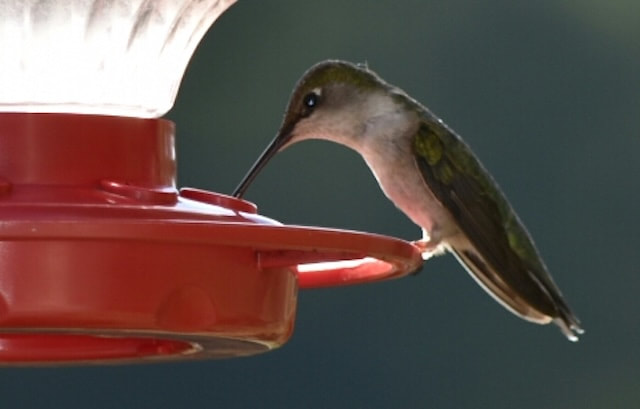
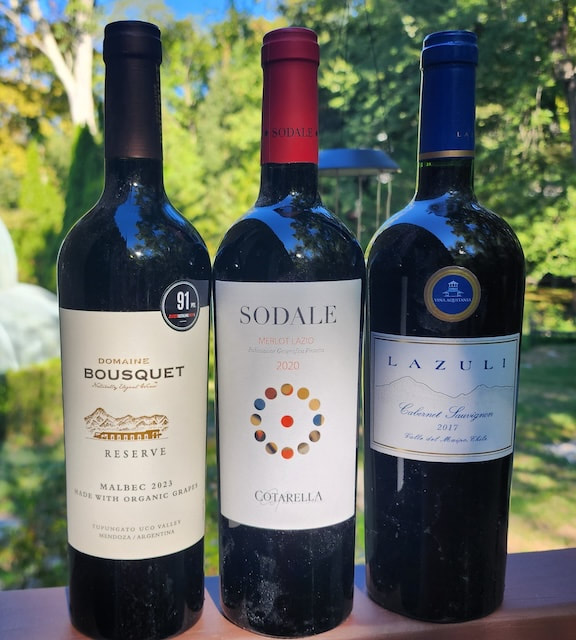
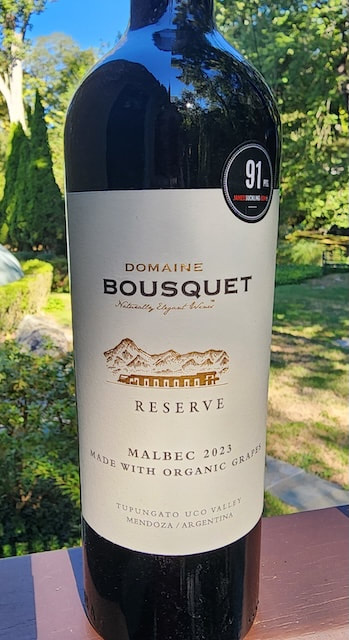
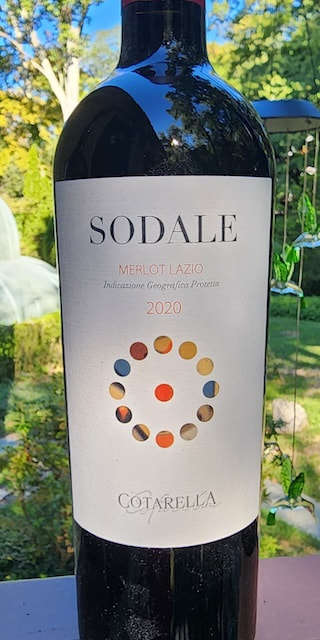
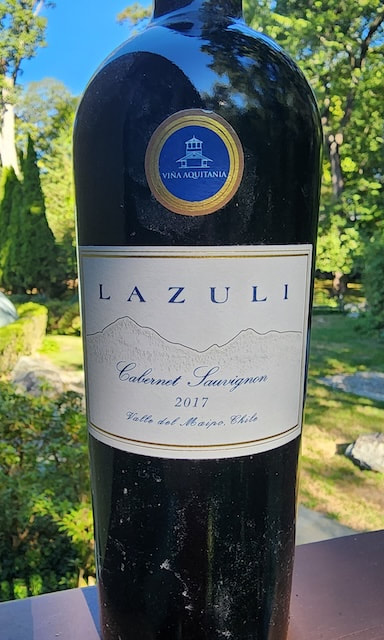
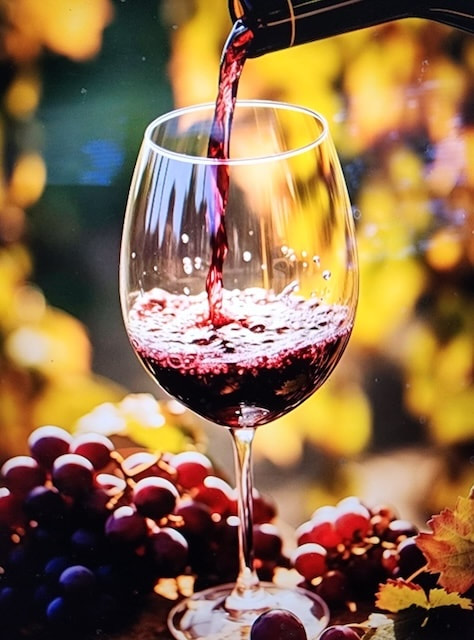
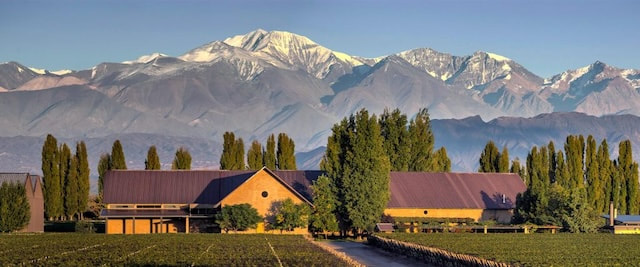
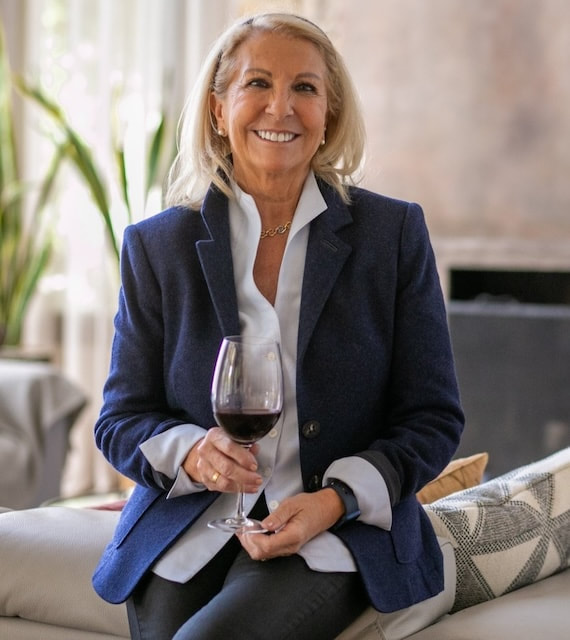
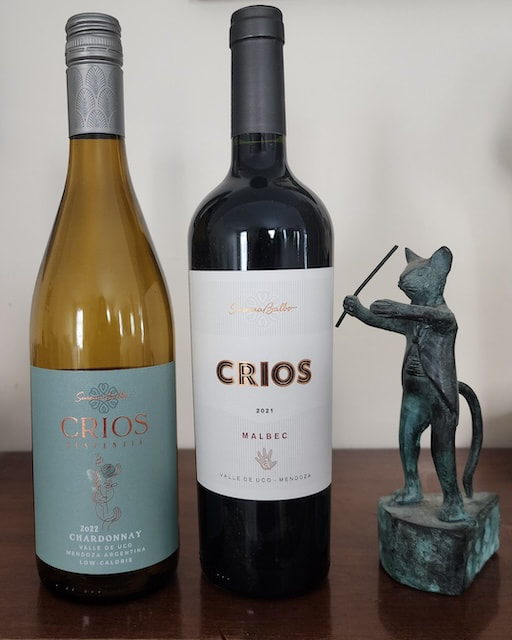
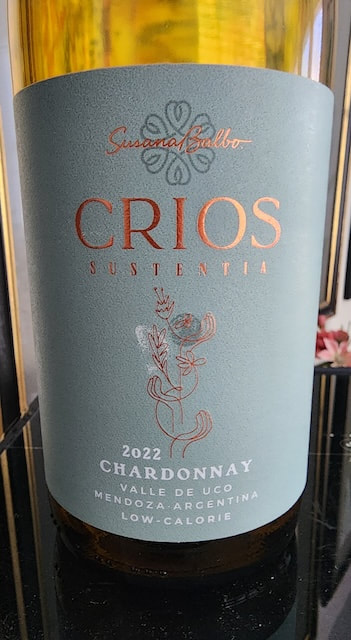
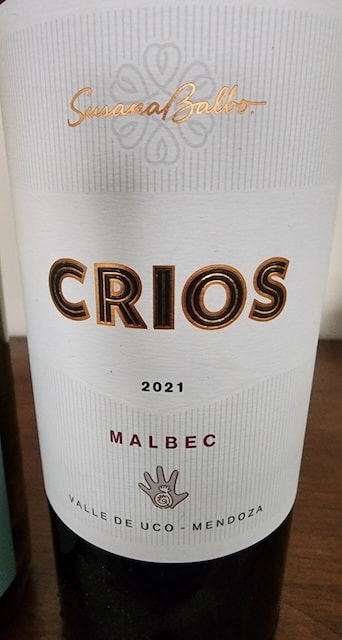
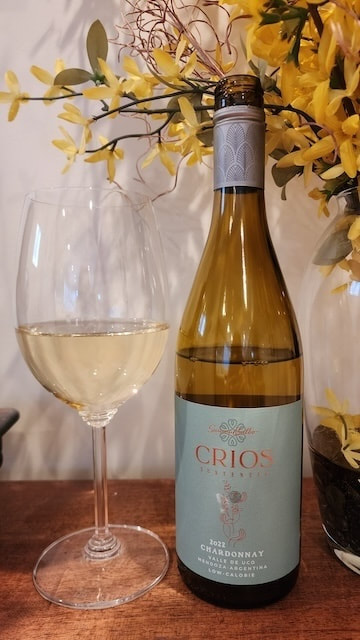
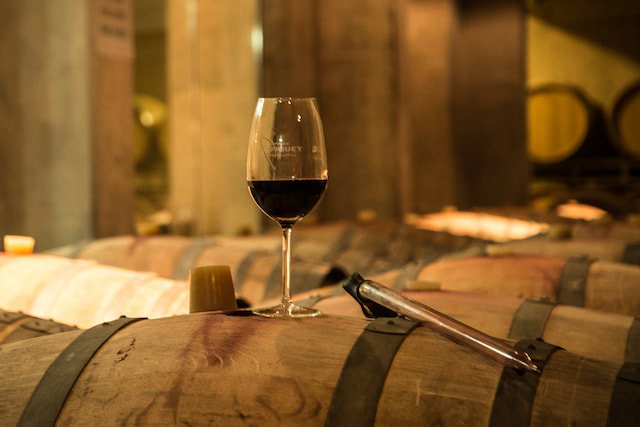
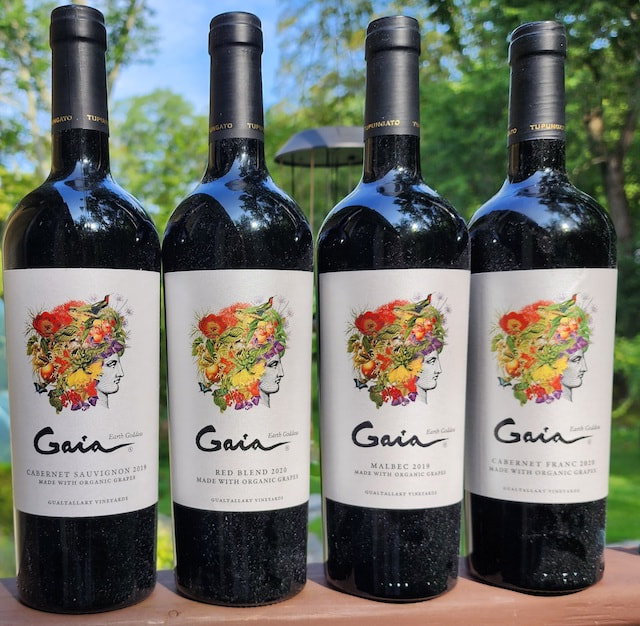
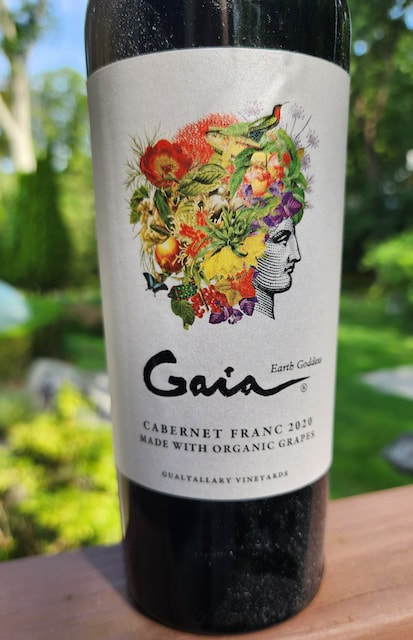
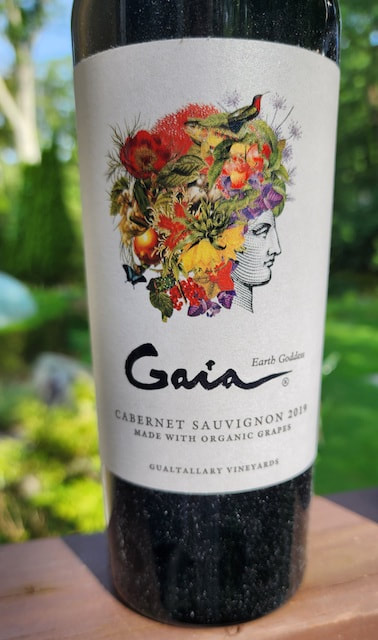
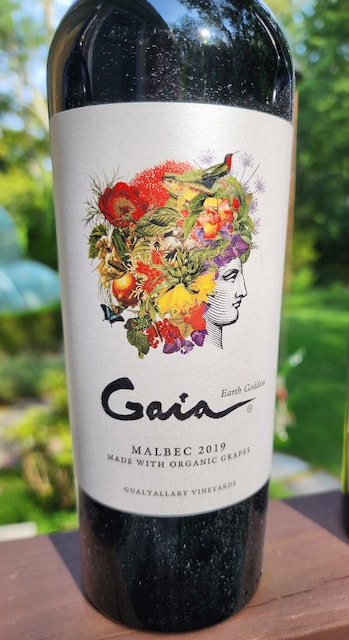
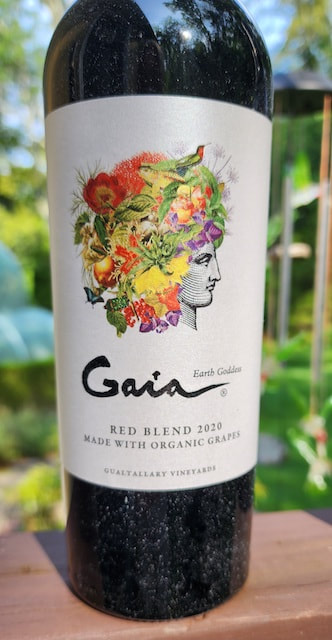
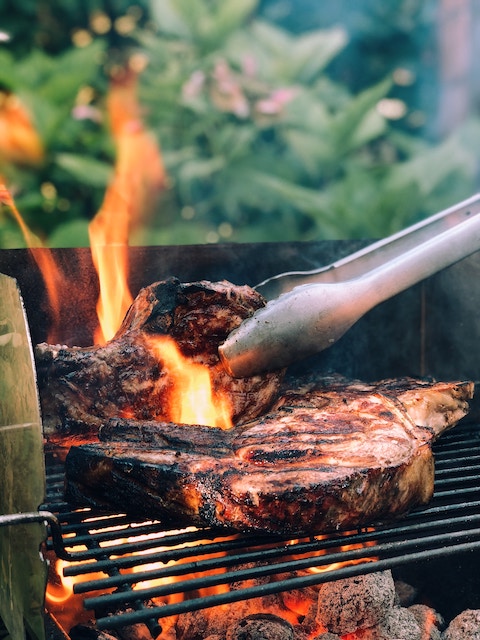
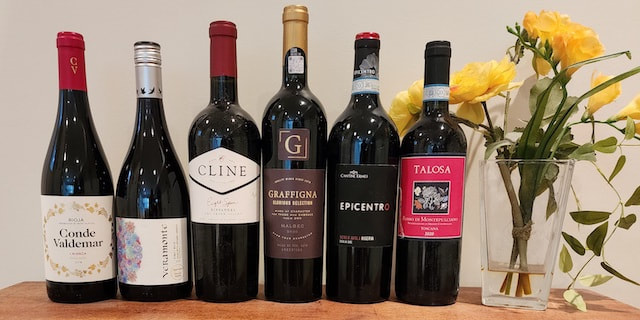
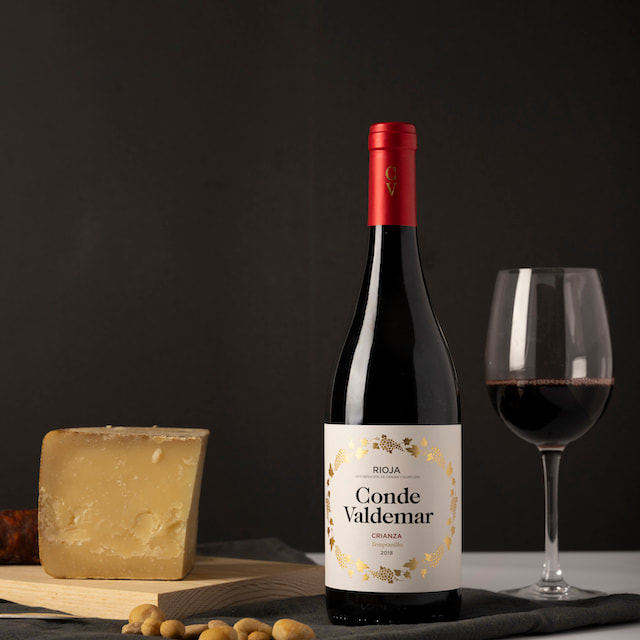

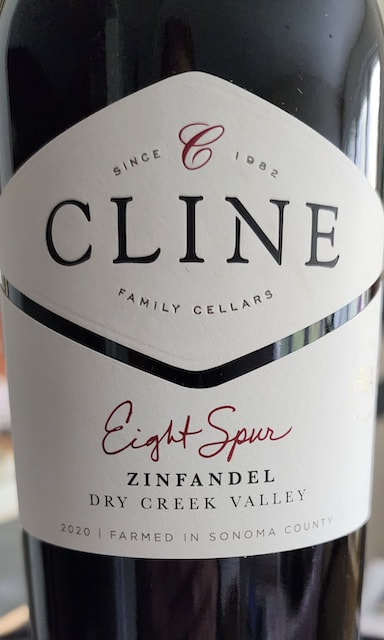
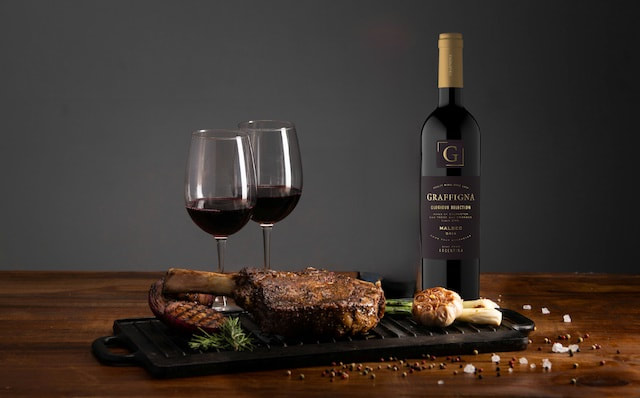
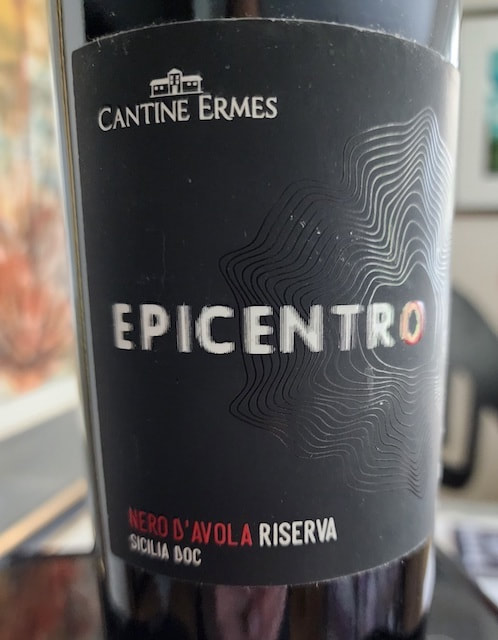
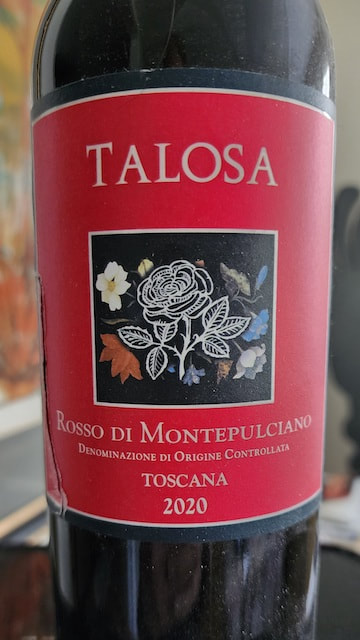
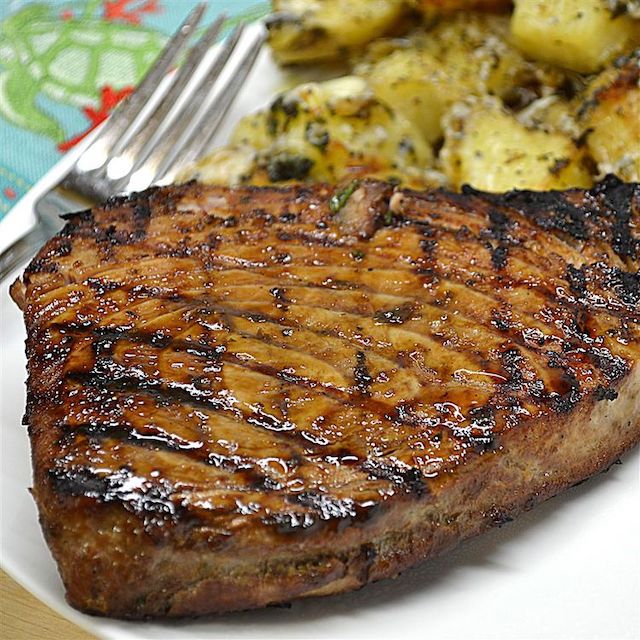
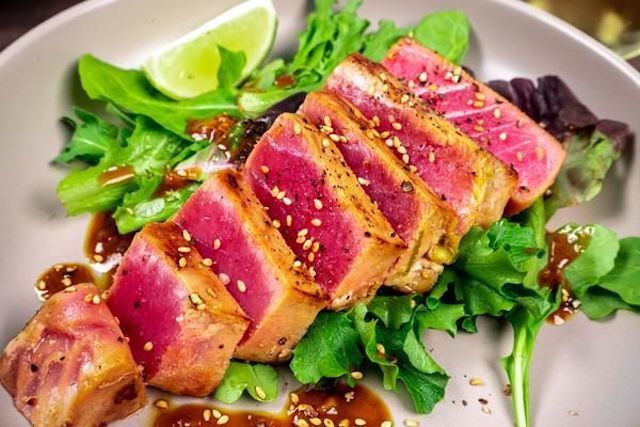
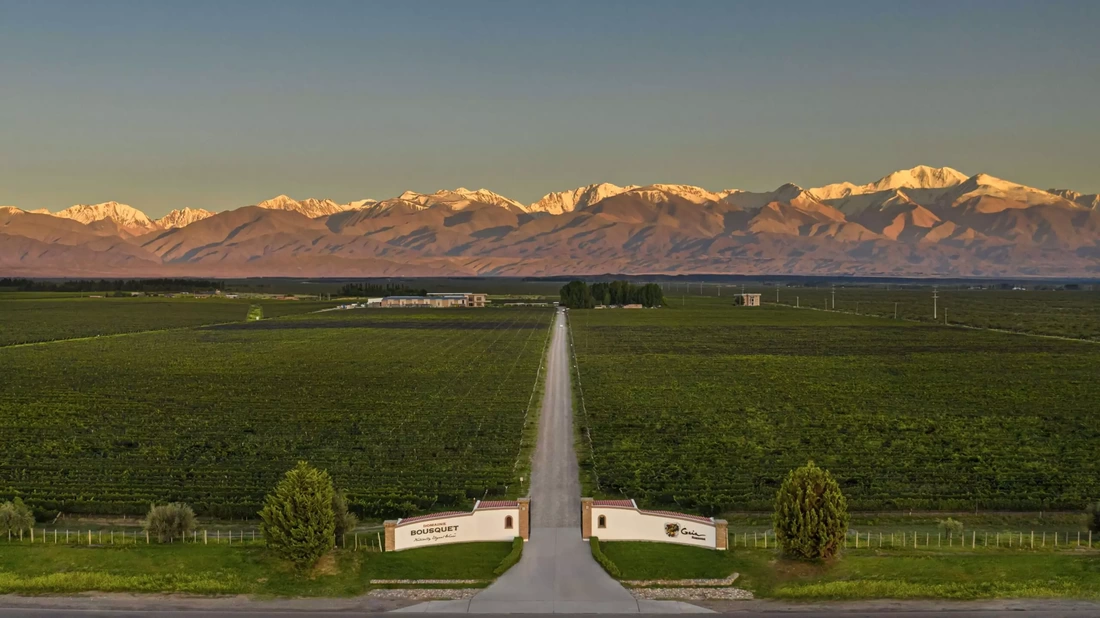
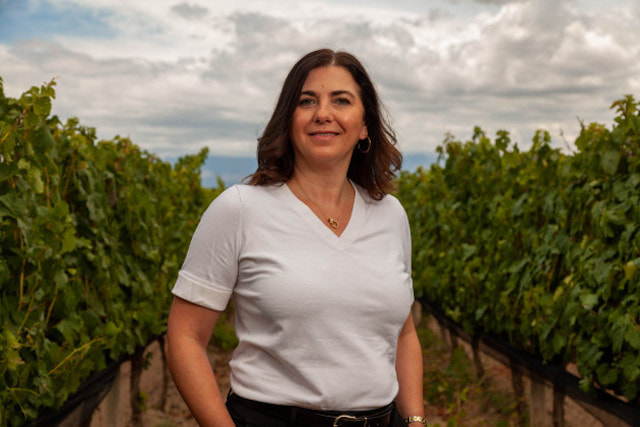
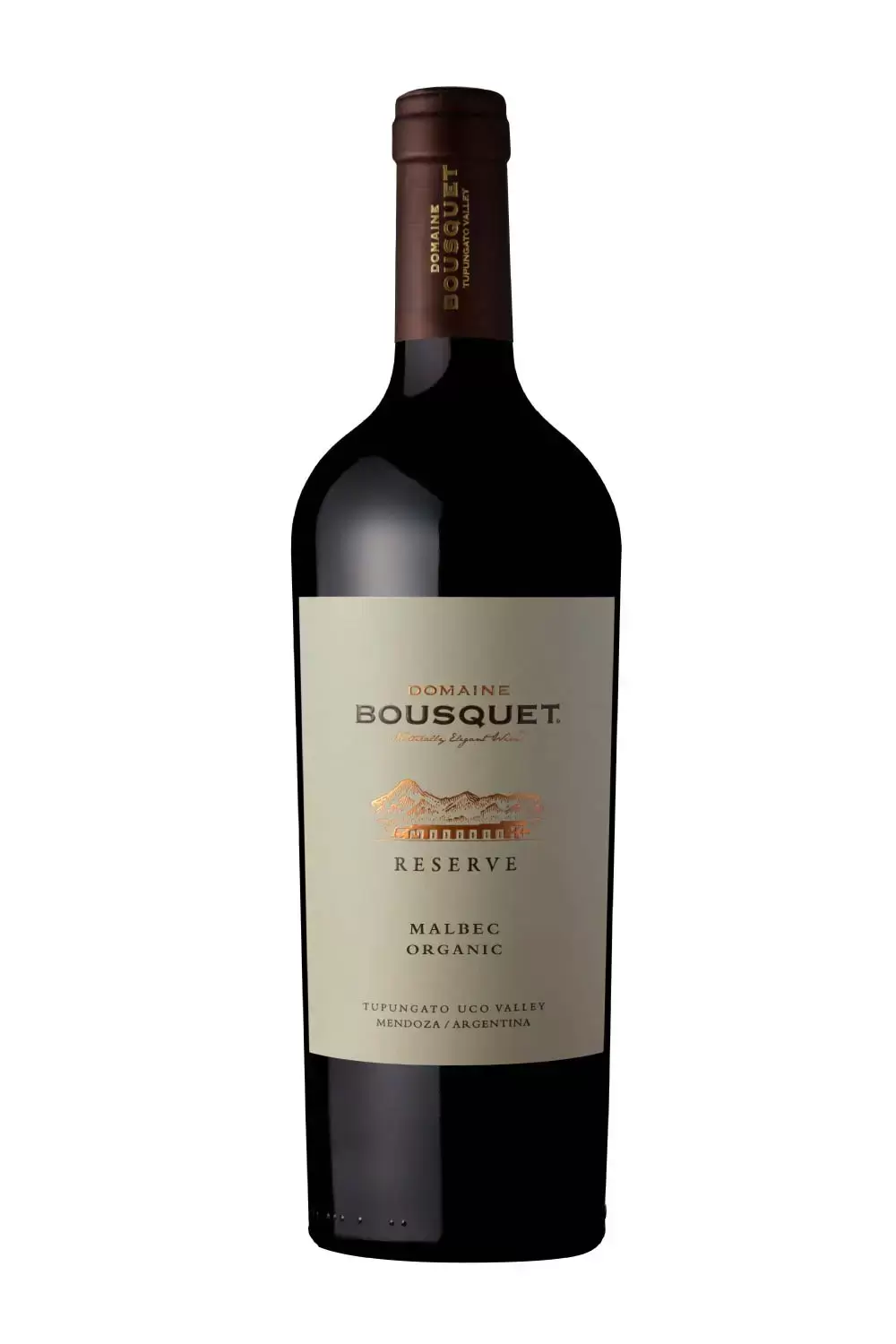
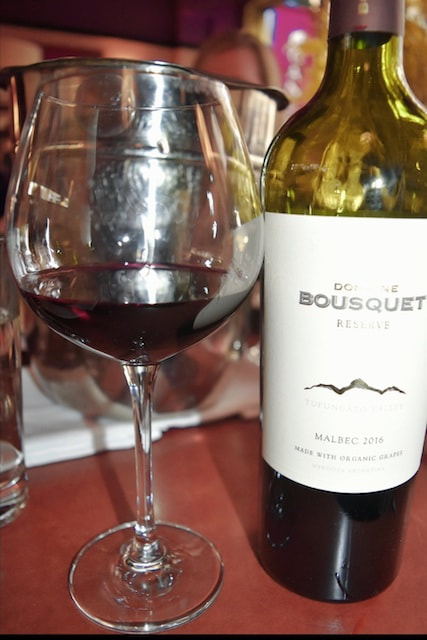
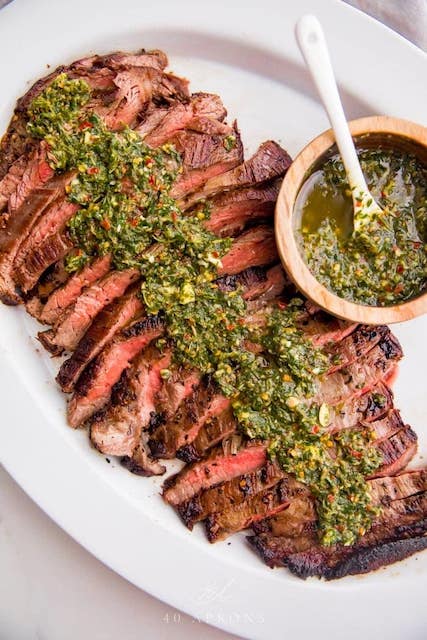

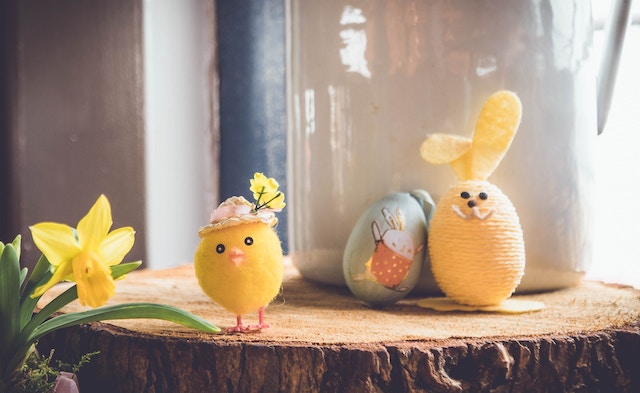
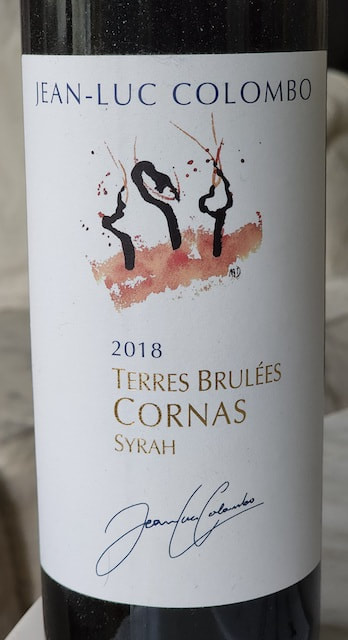
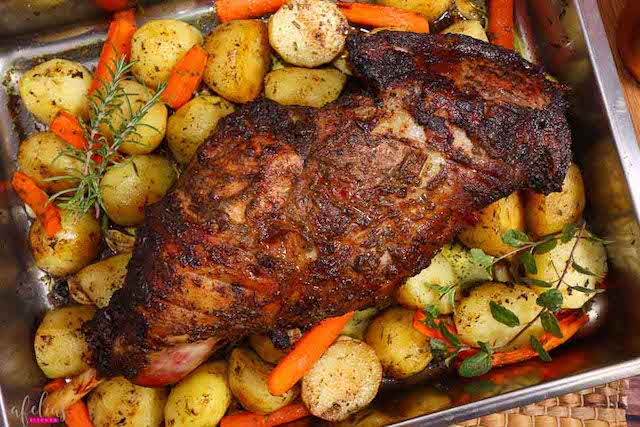
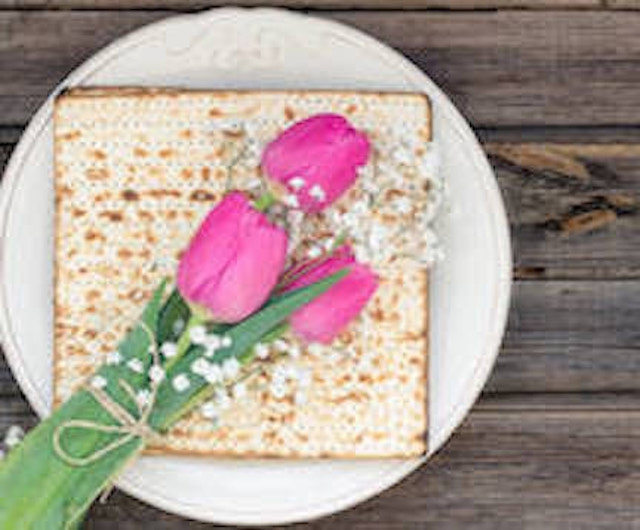
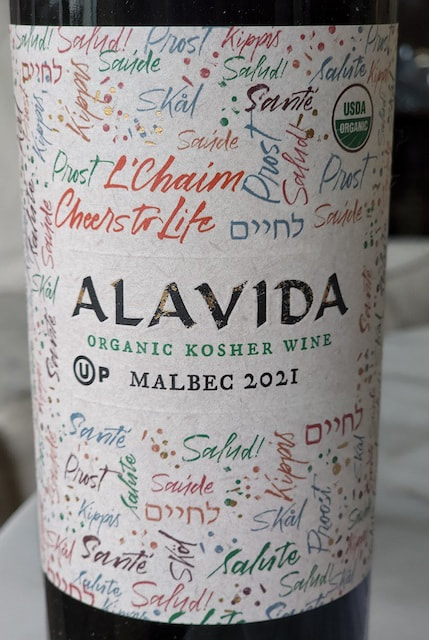
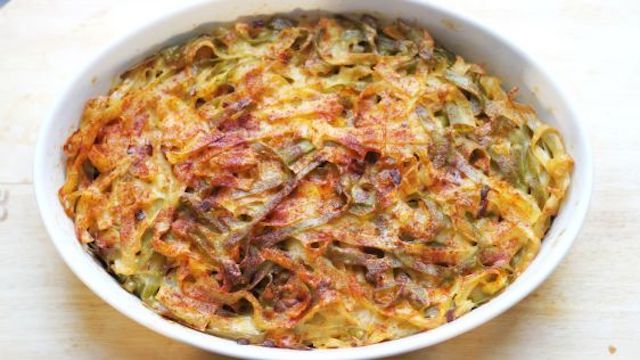
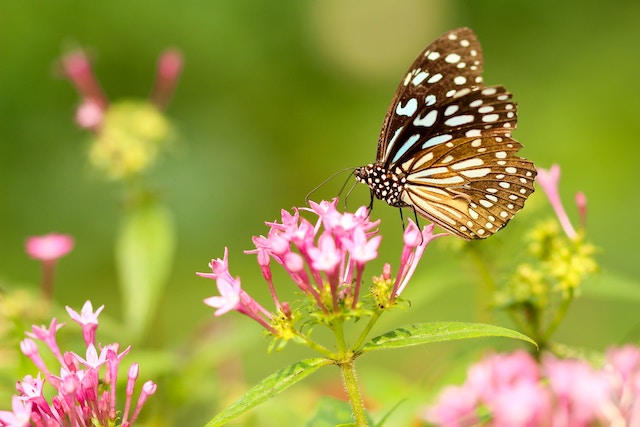
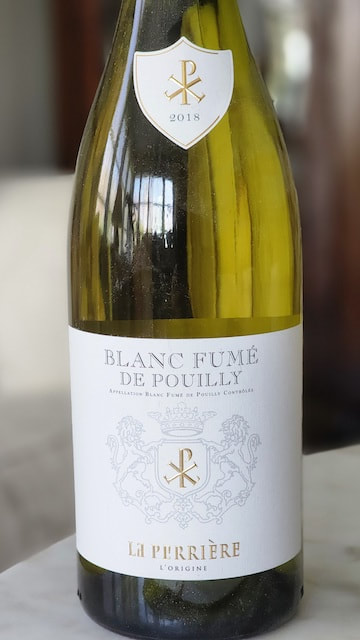
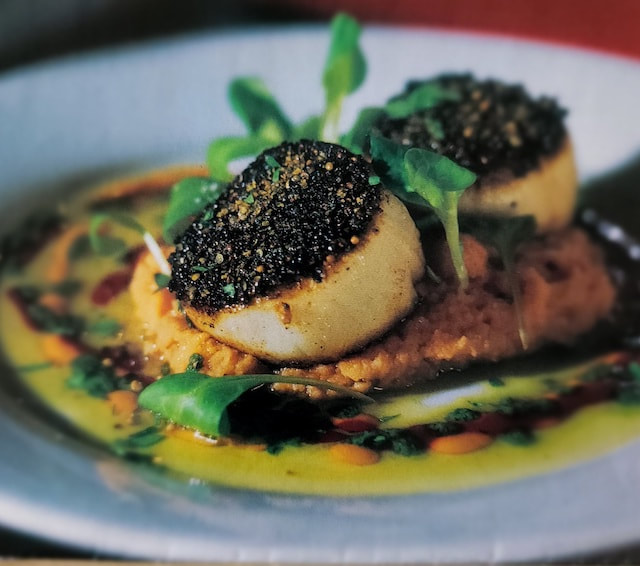

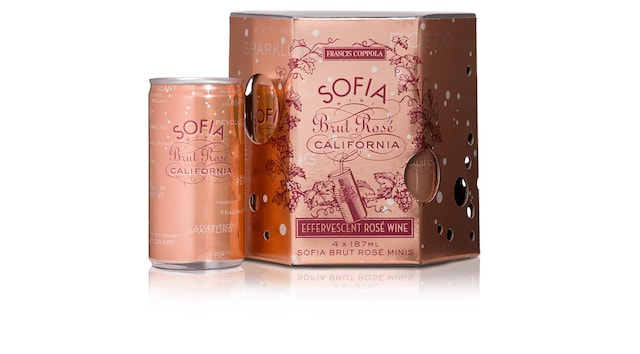
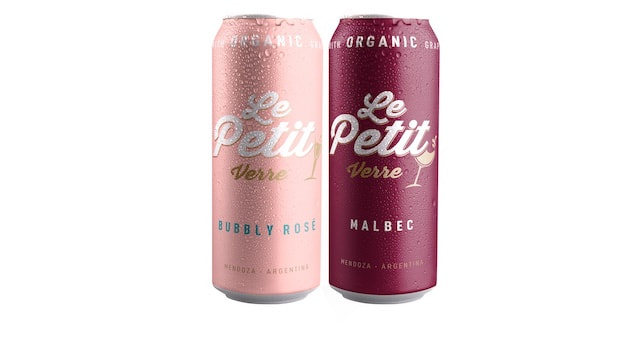
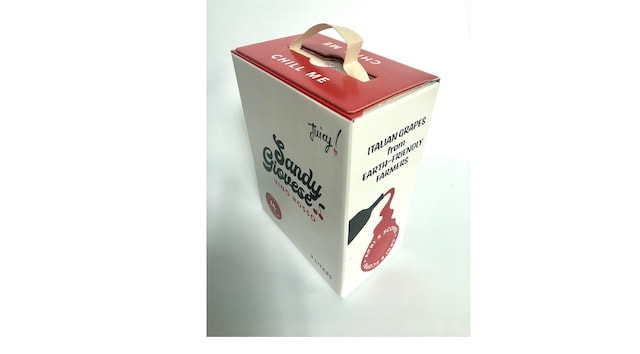
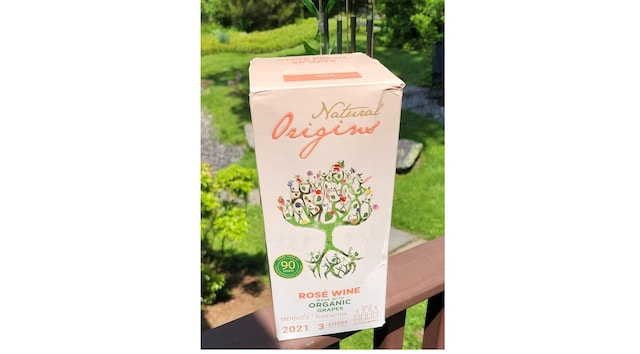
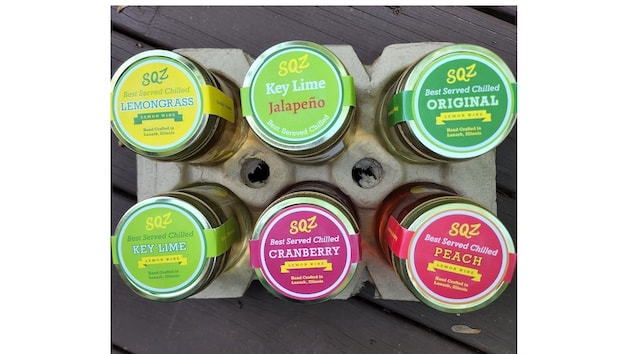
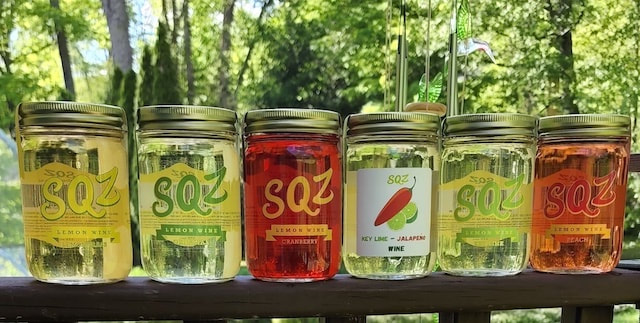
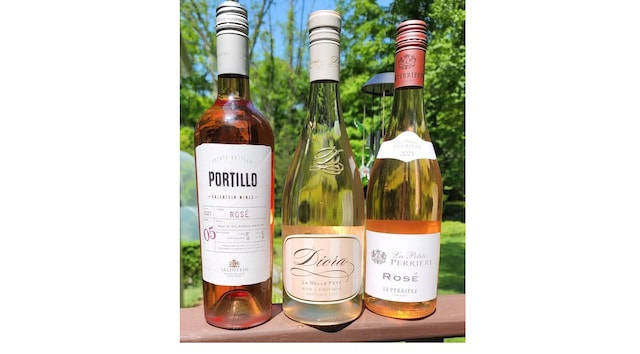
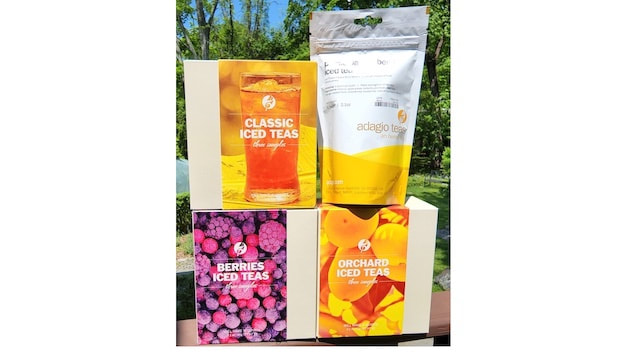
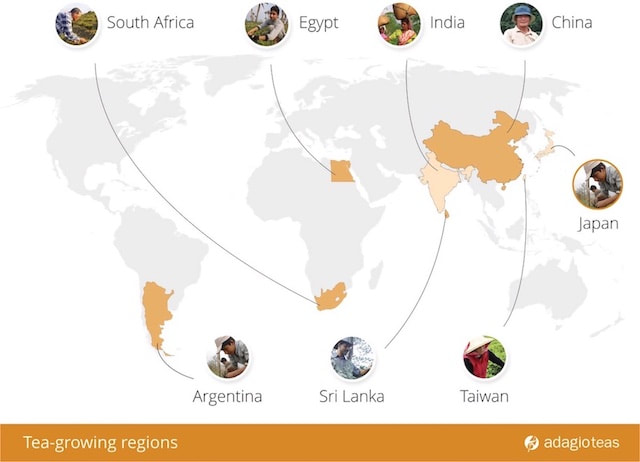
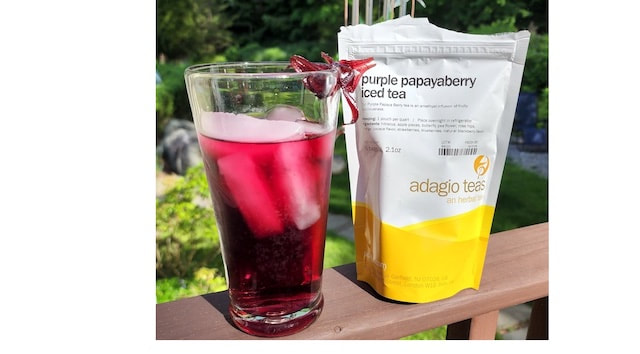
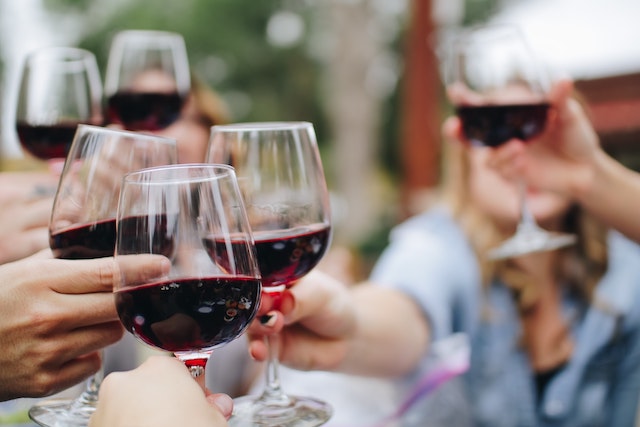
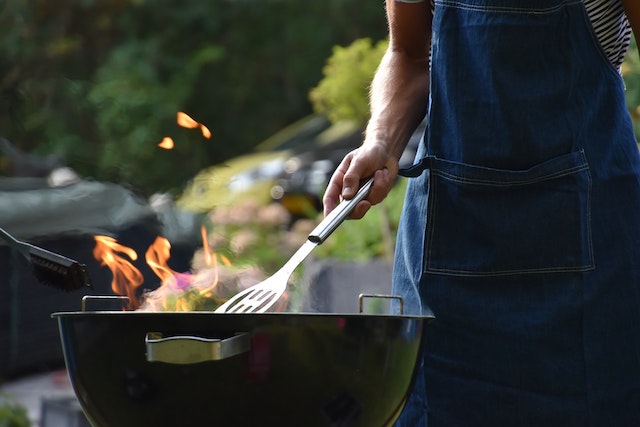
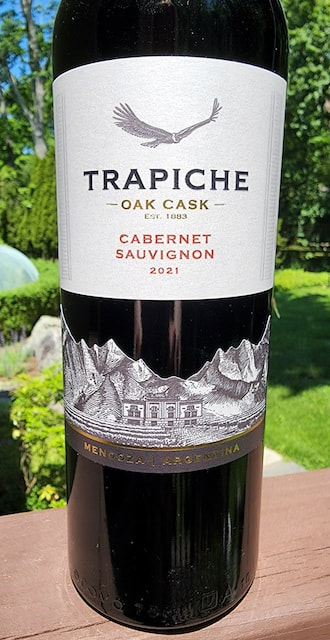
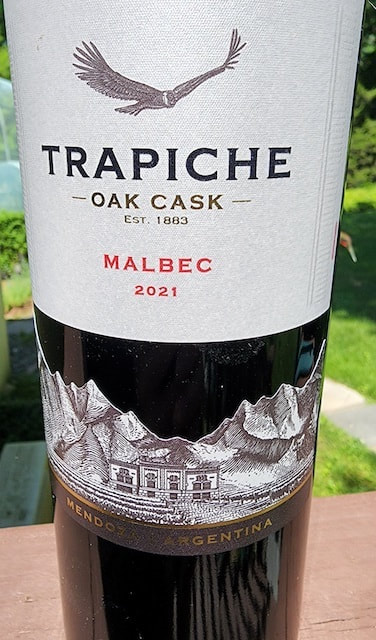
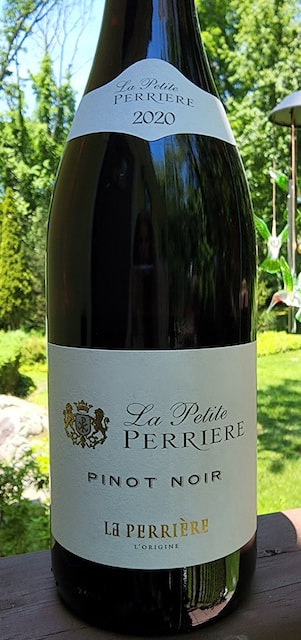
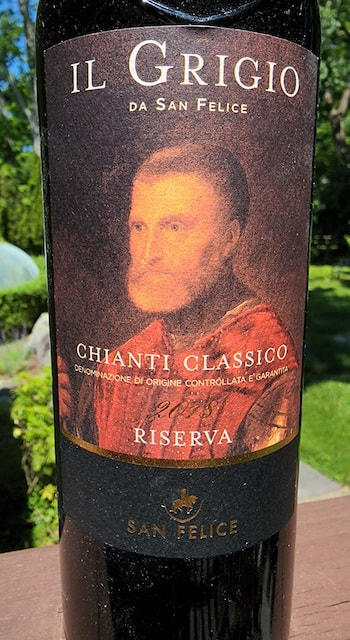
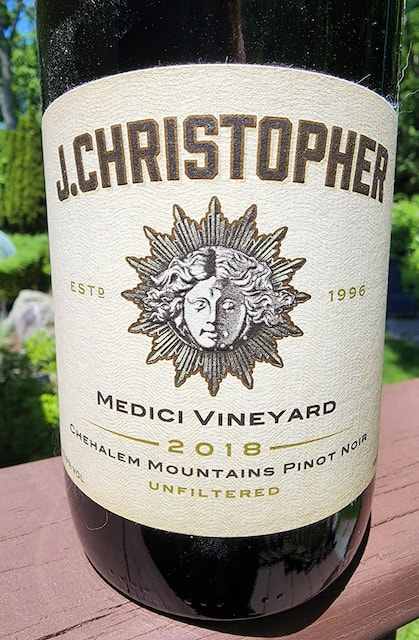
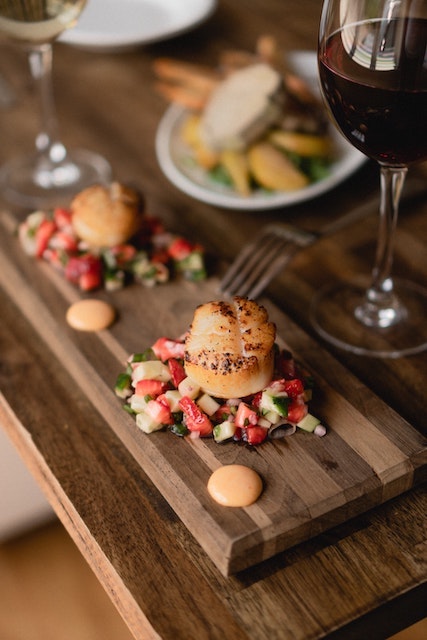
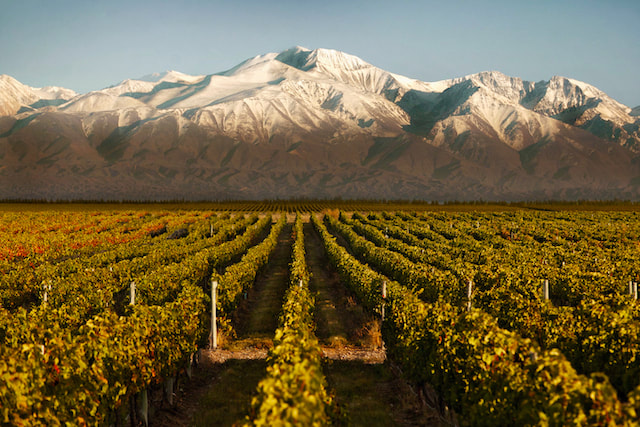
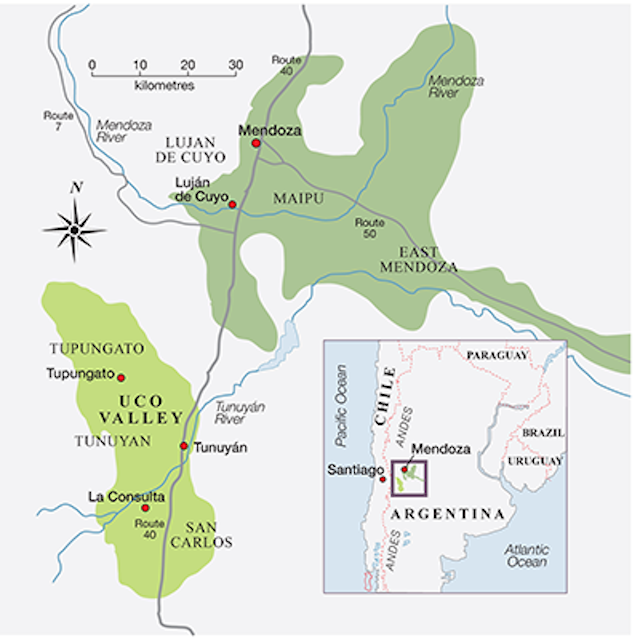
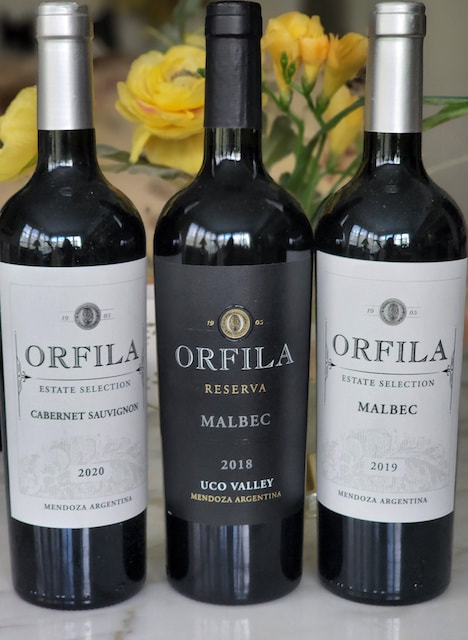
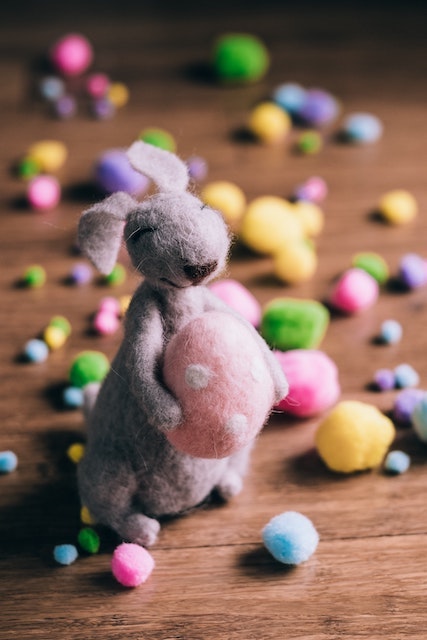
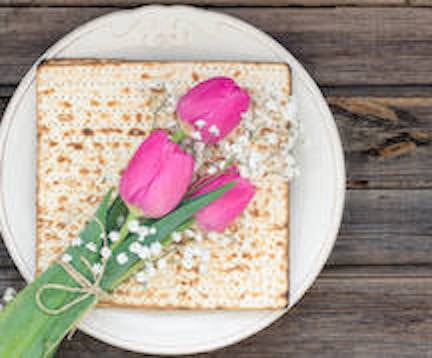
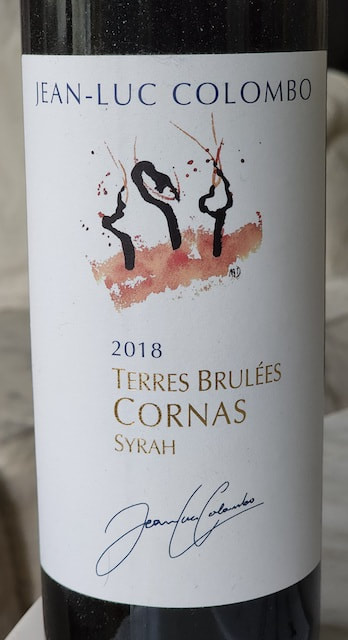
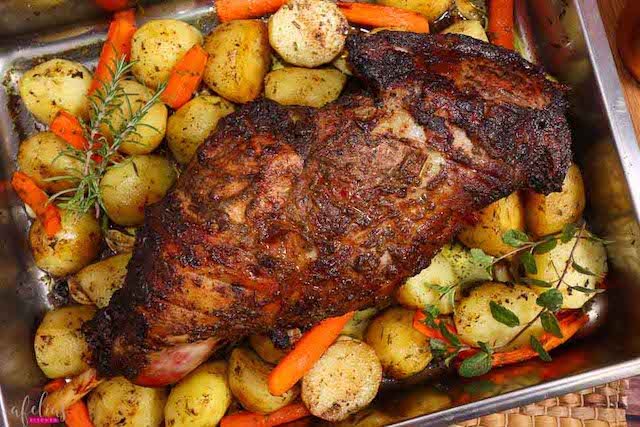
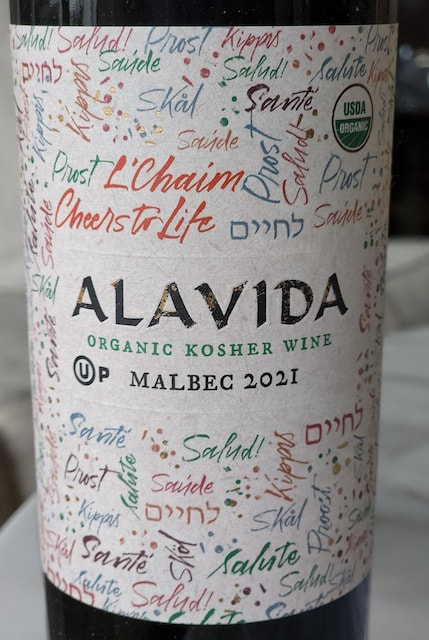
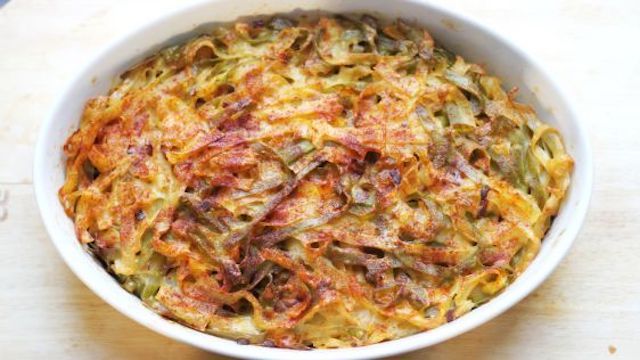
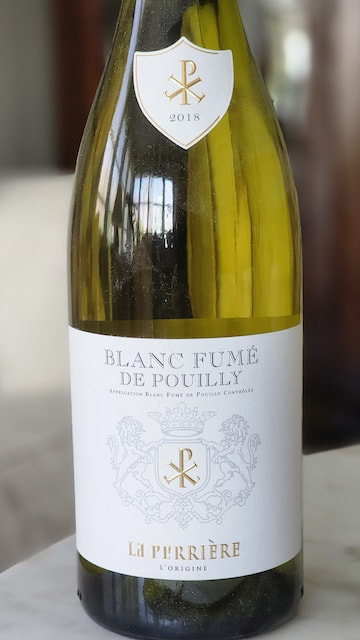
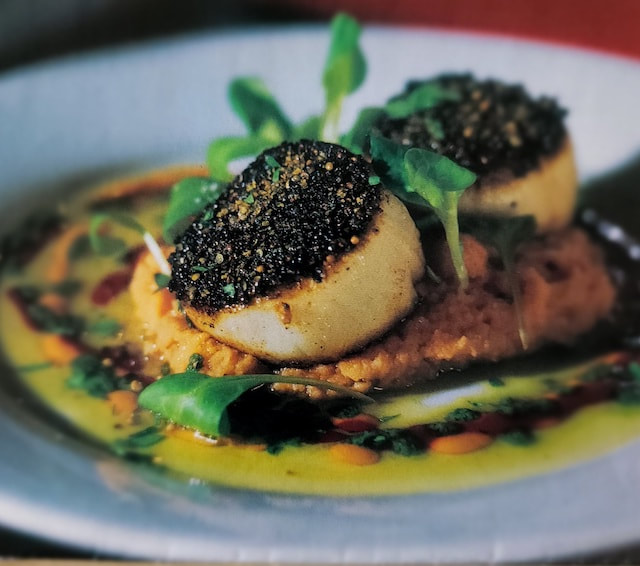
 RSS Feed
RSS Feed